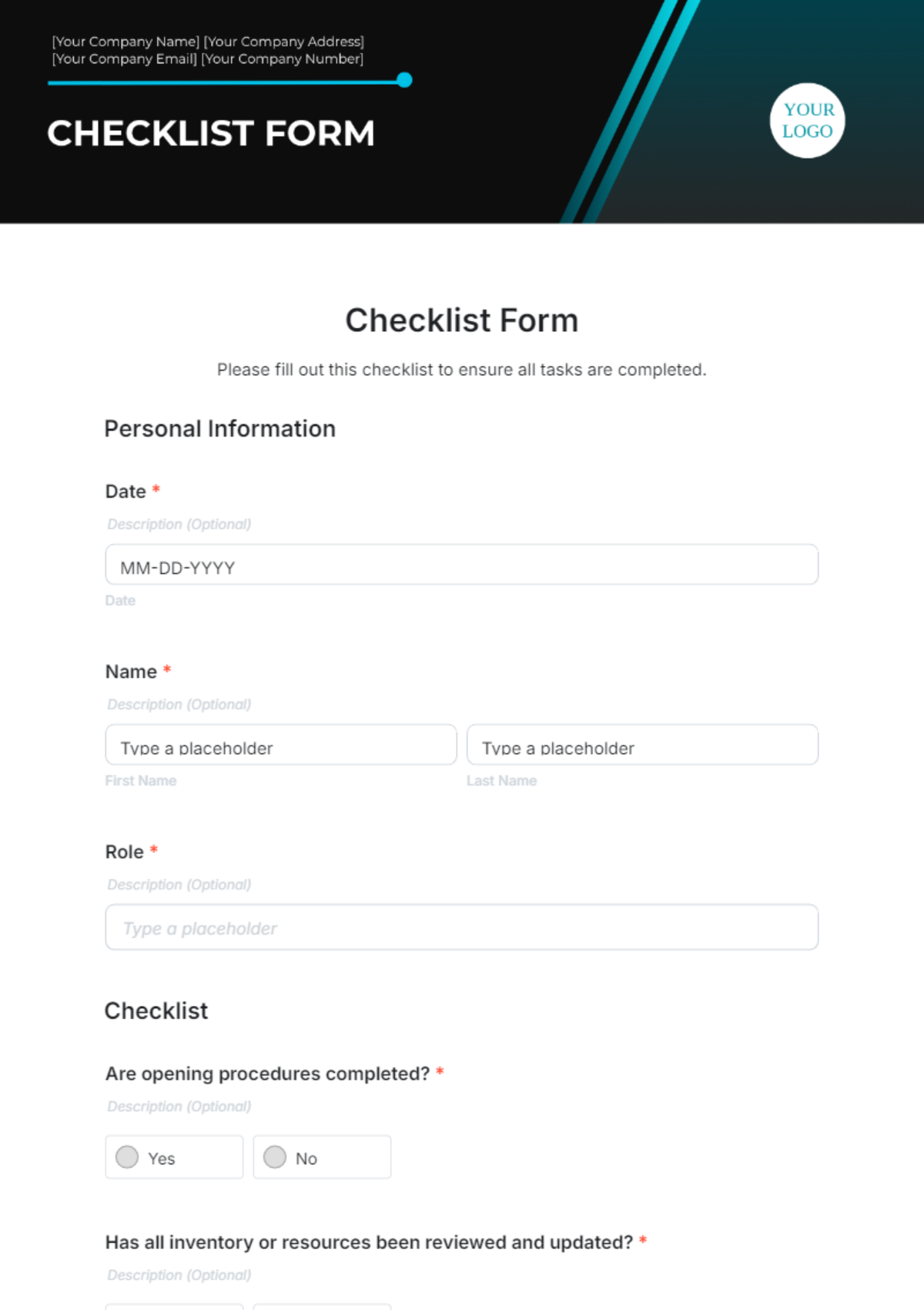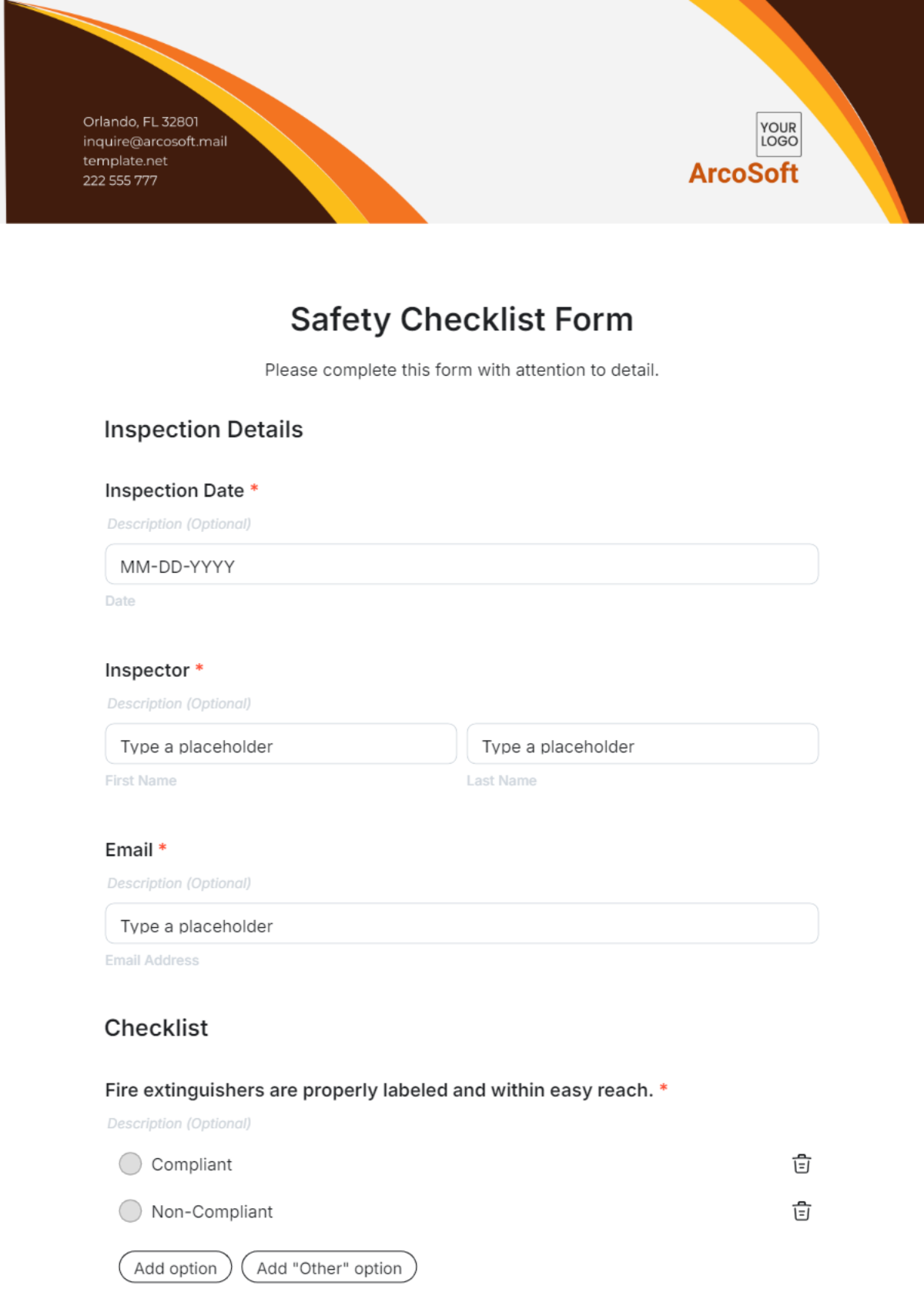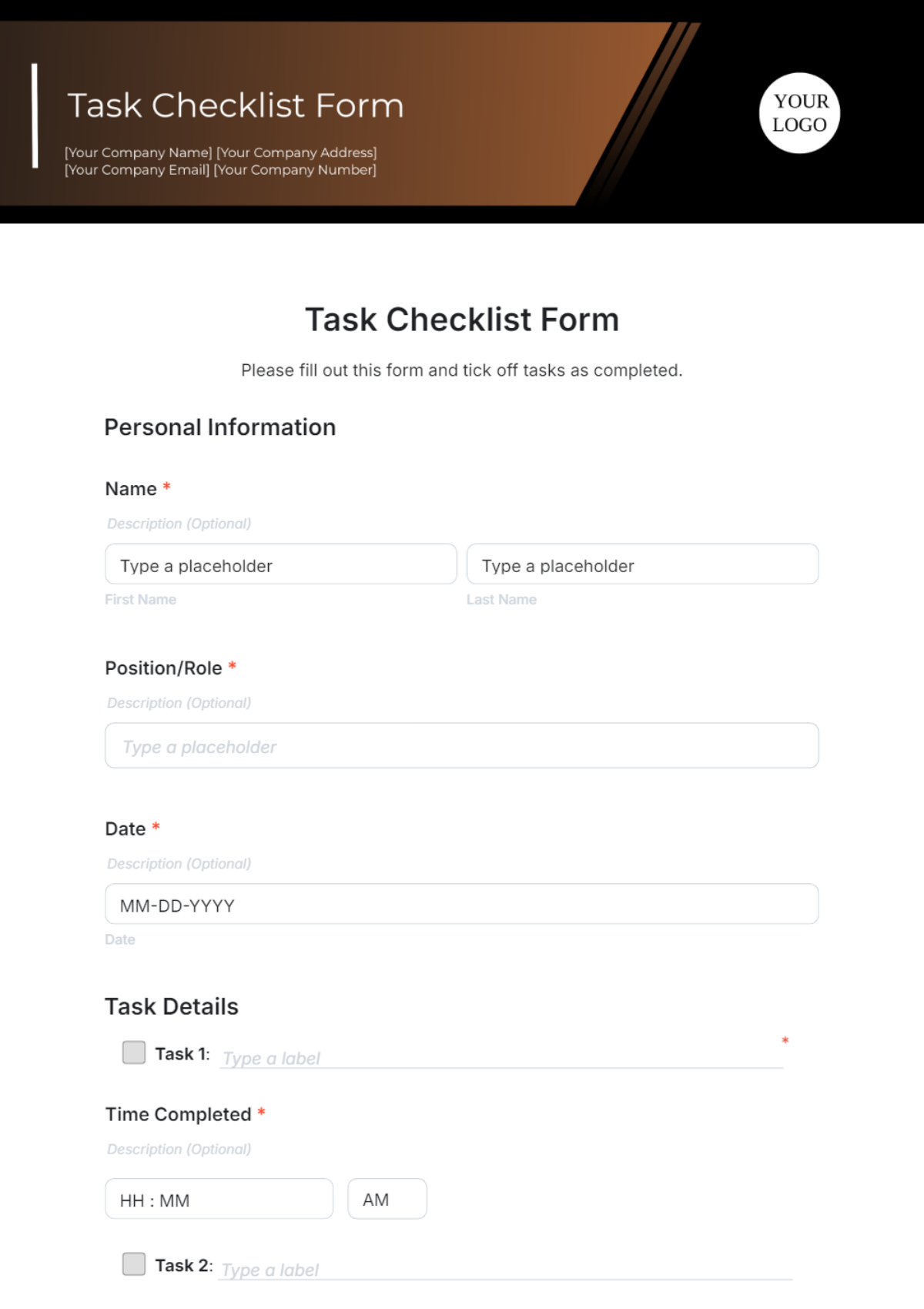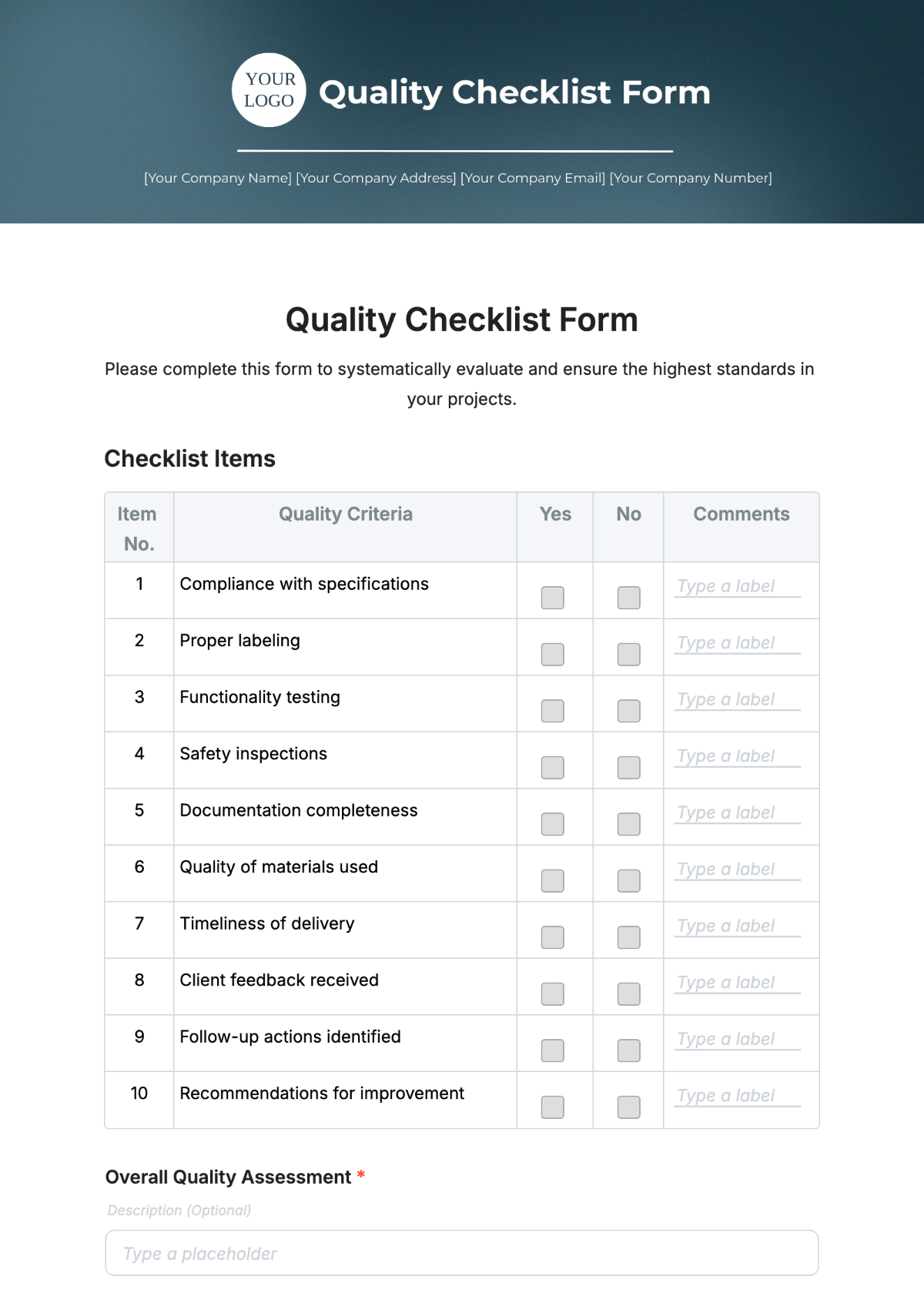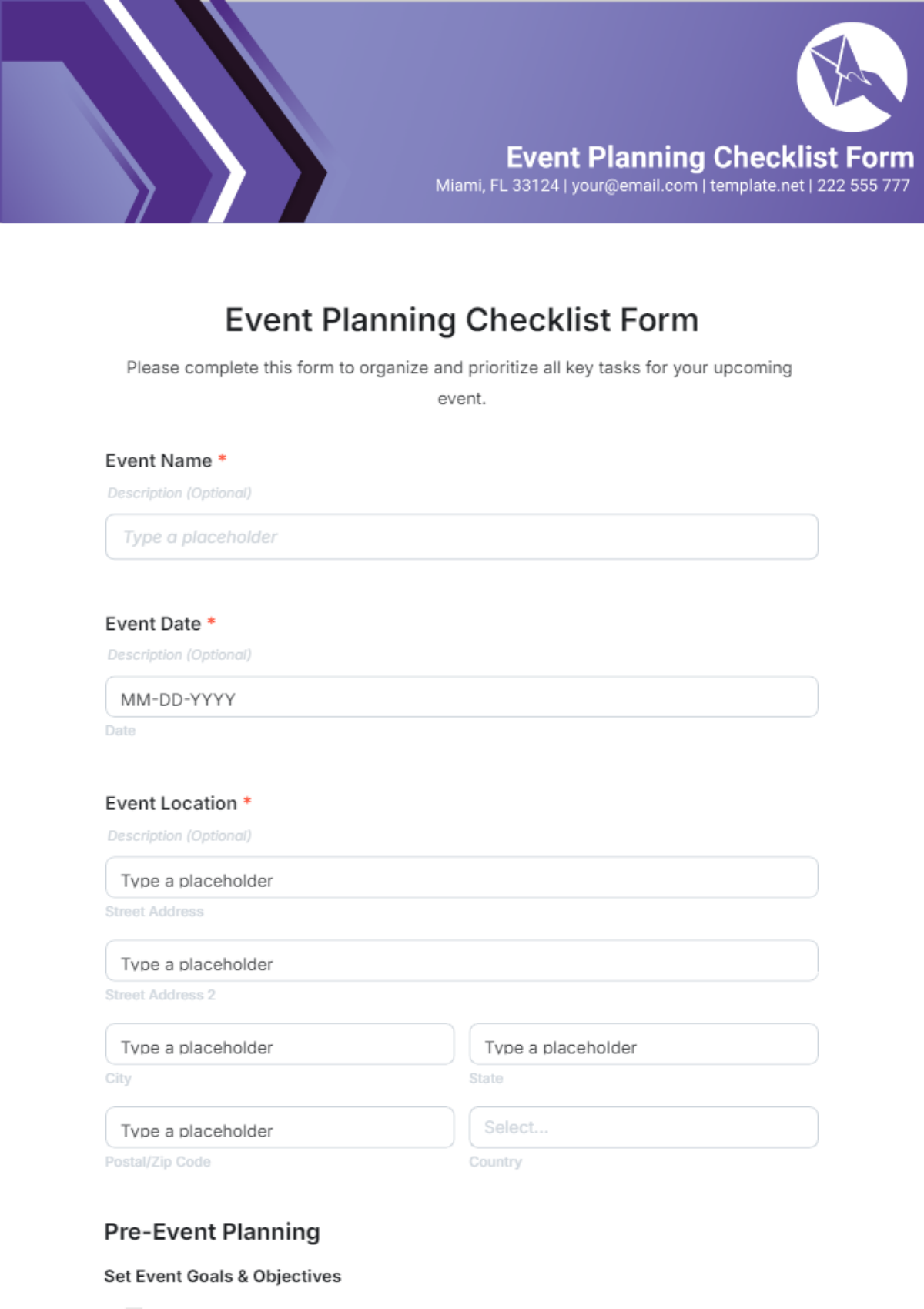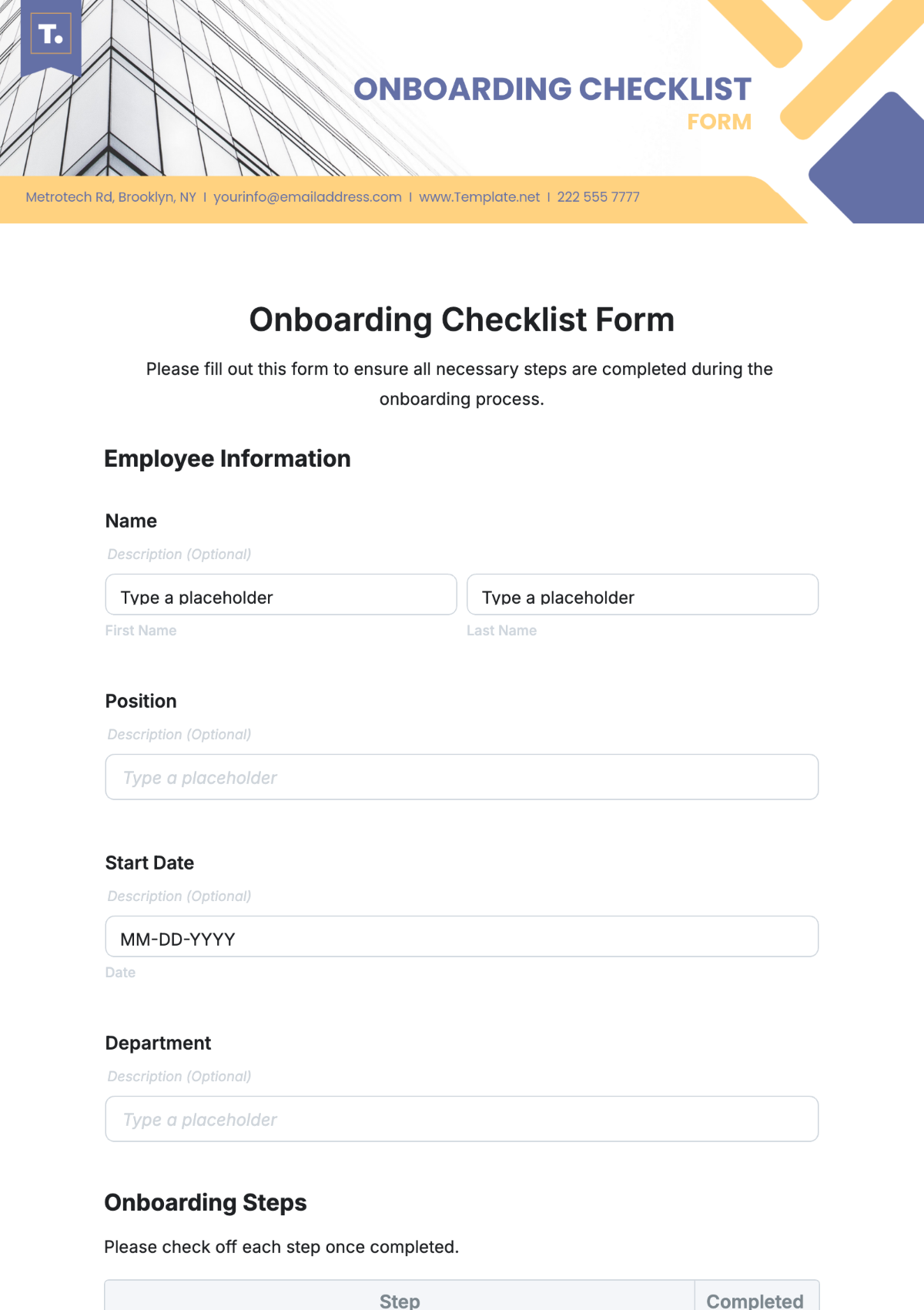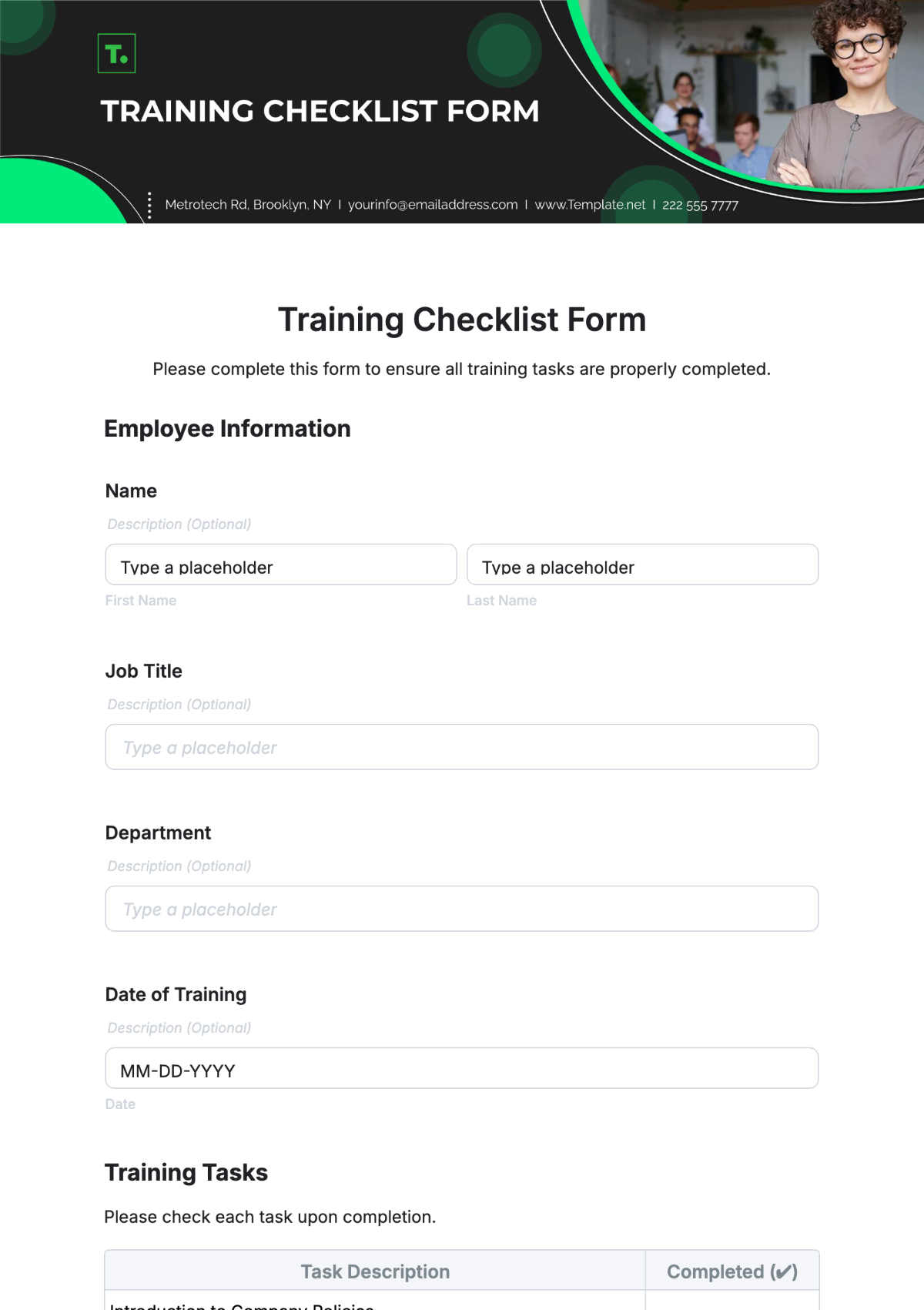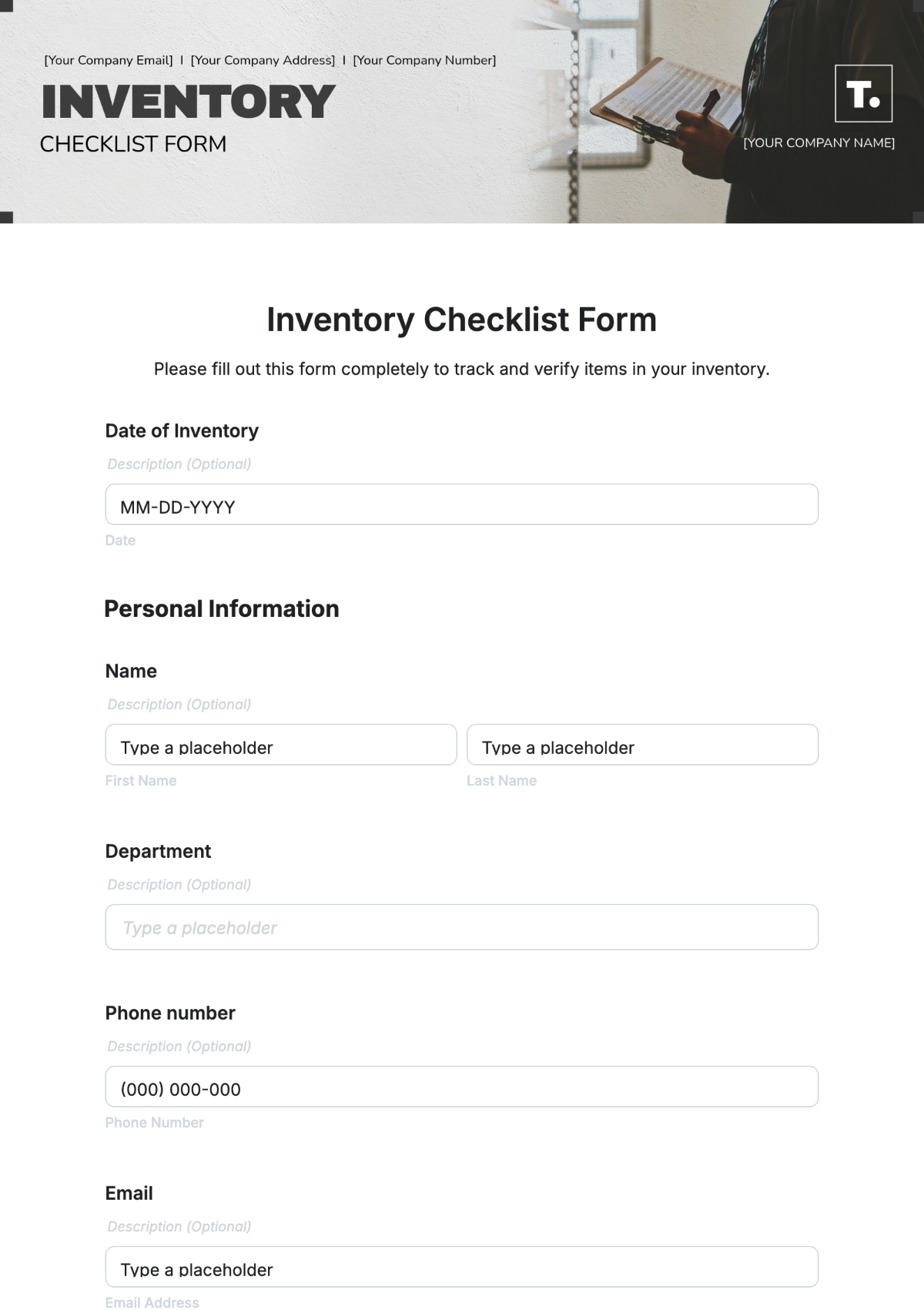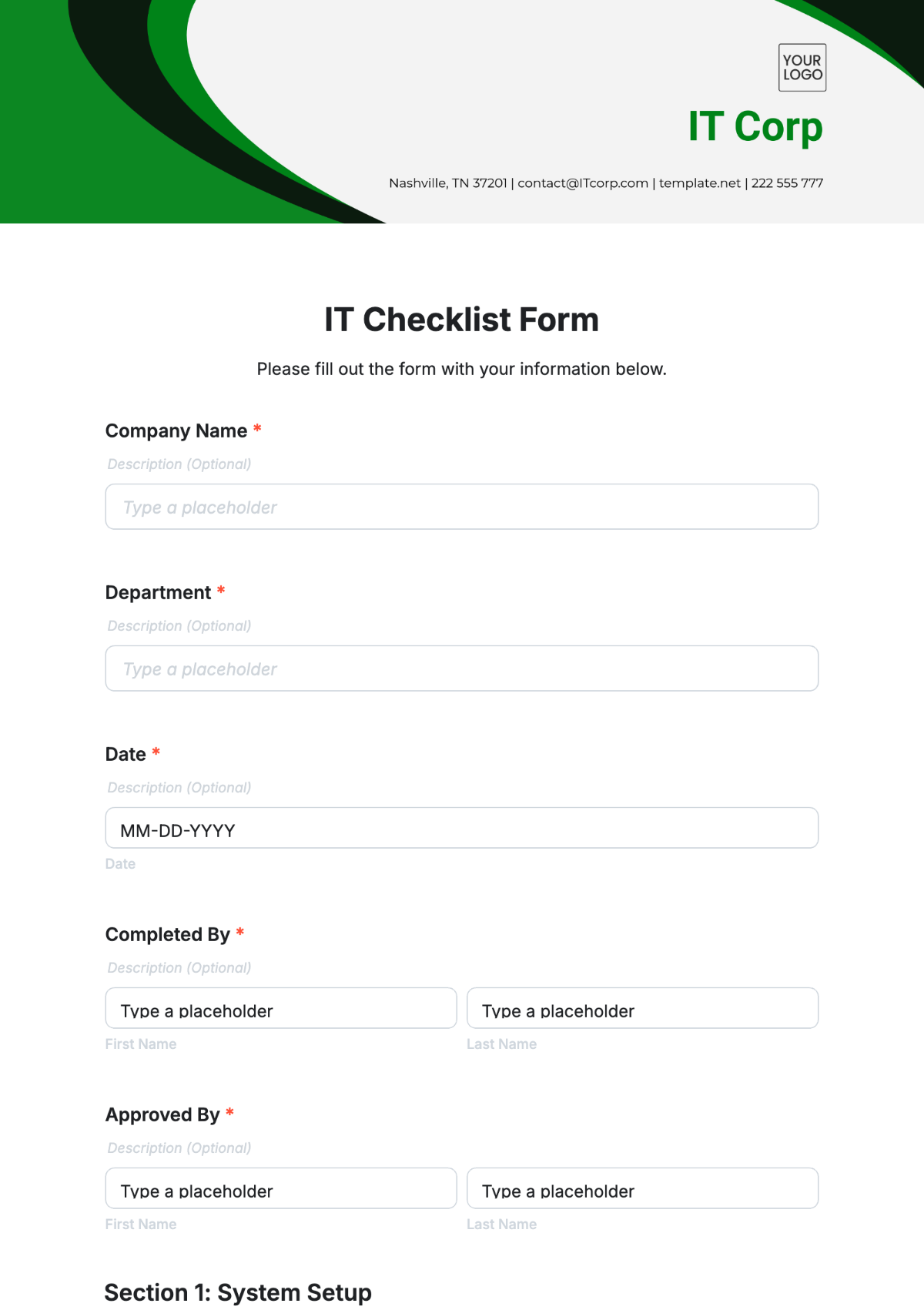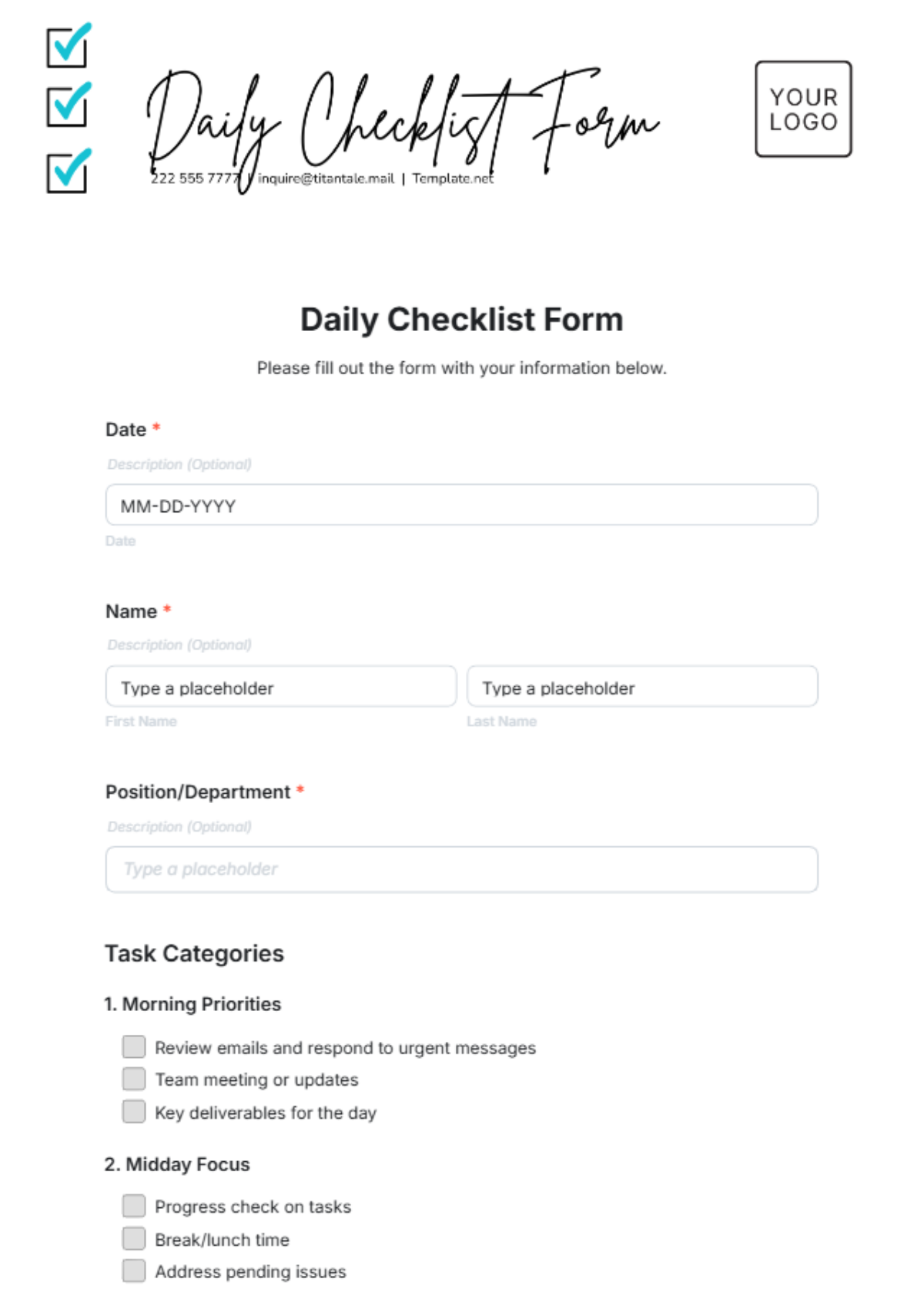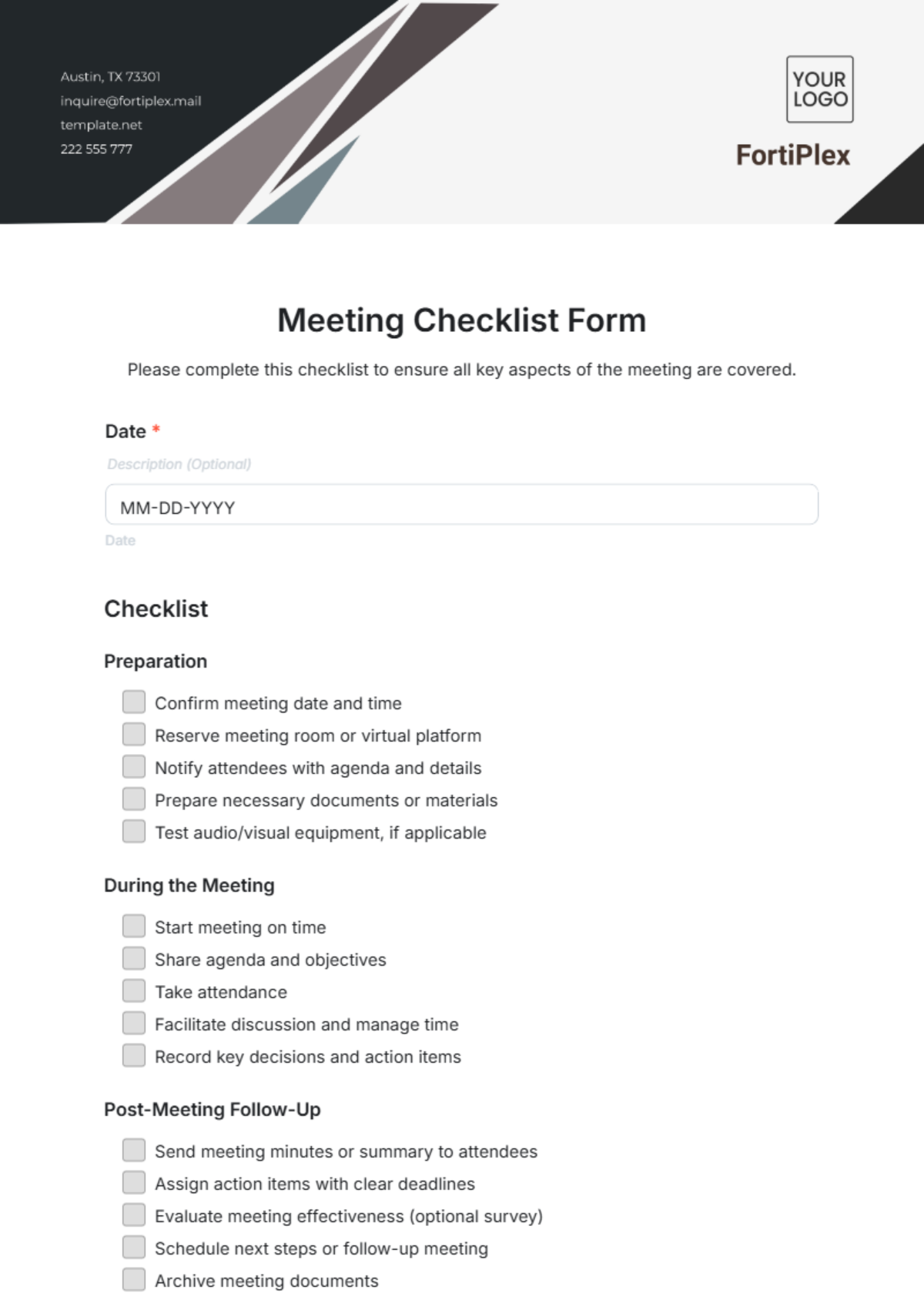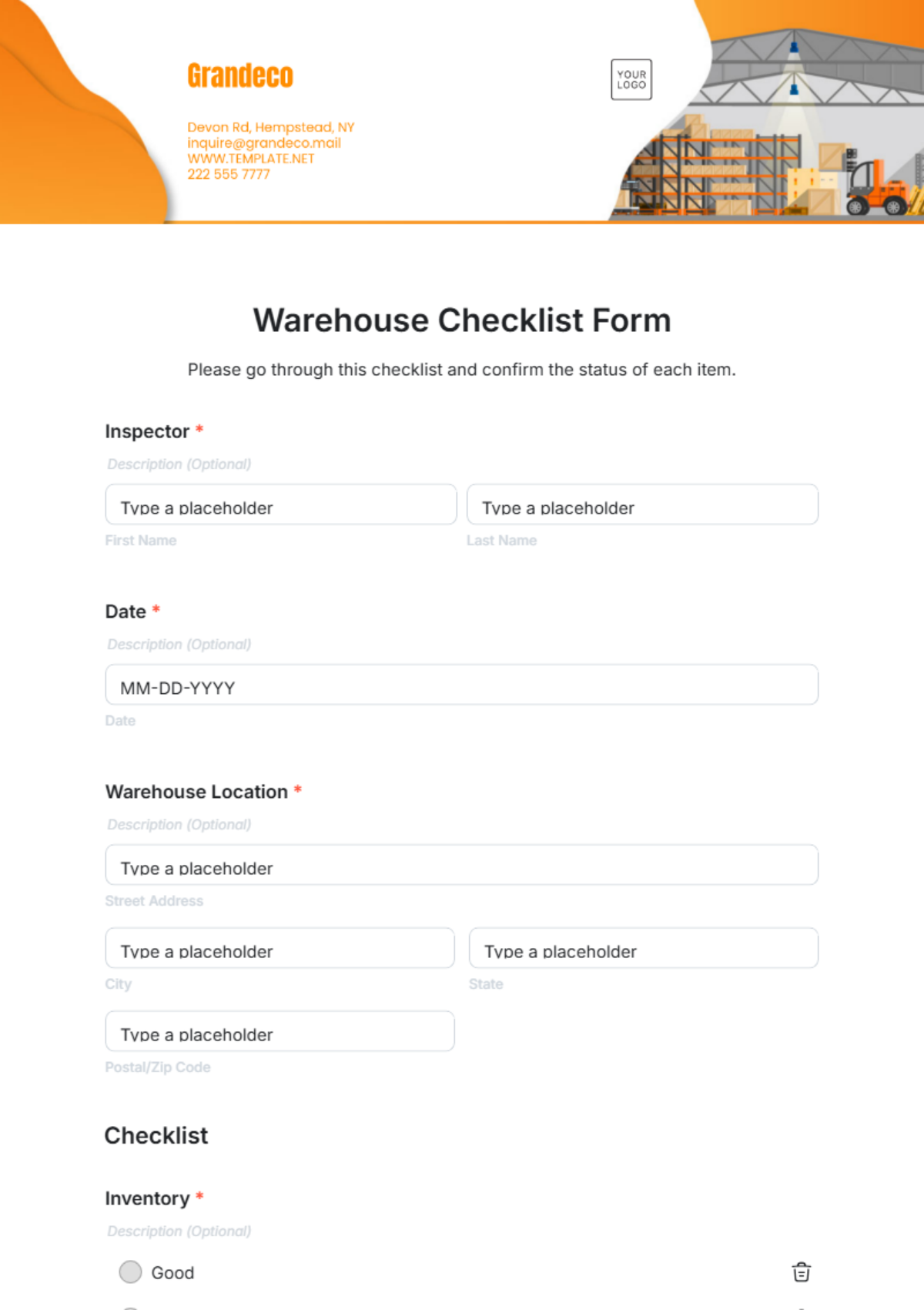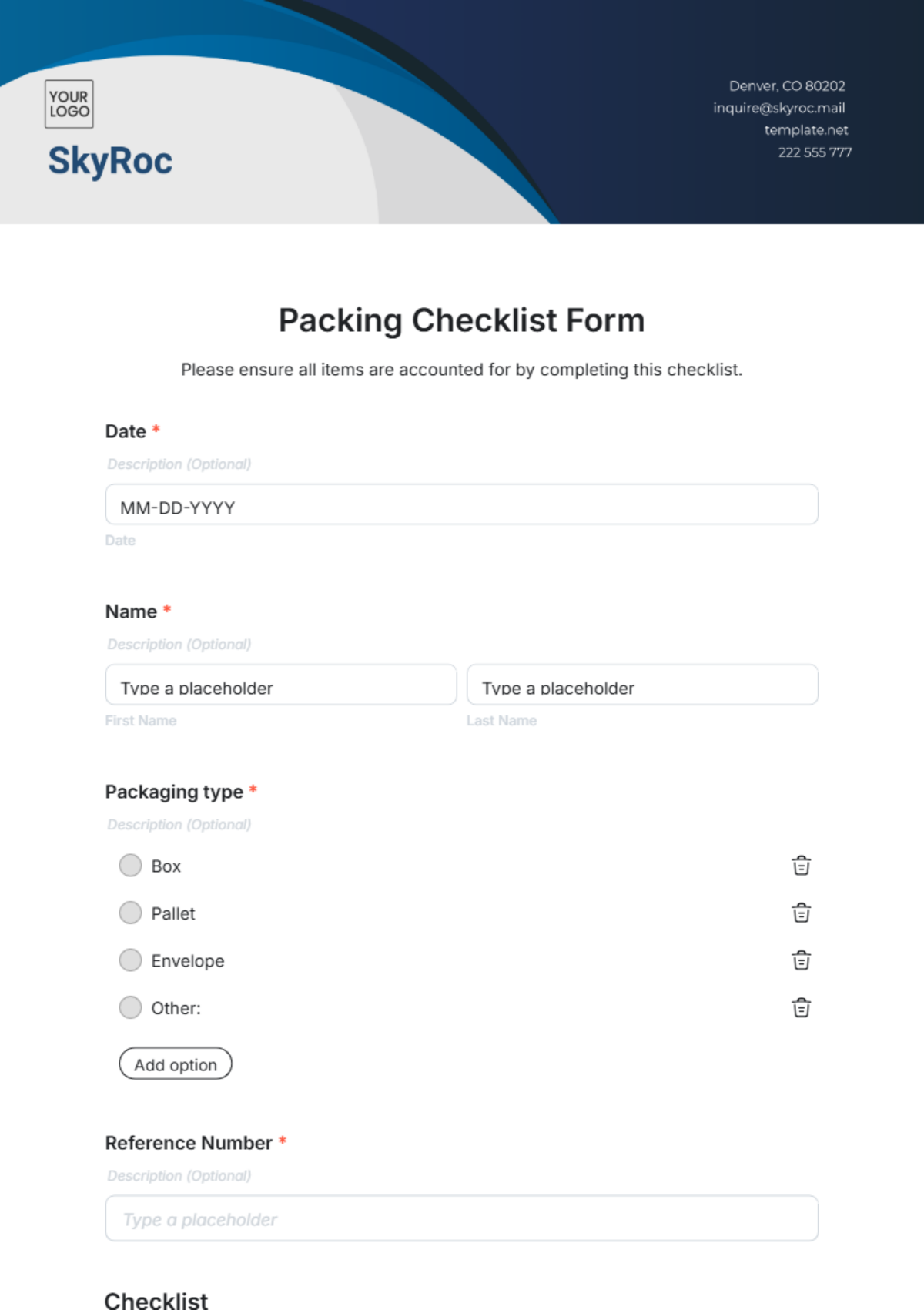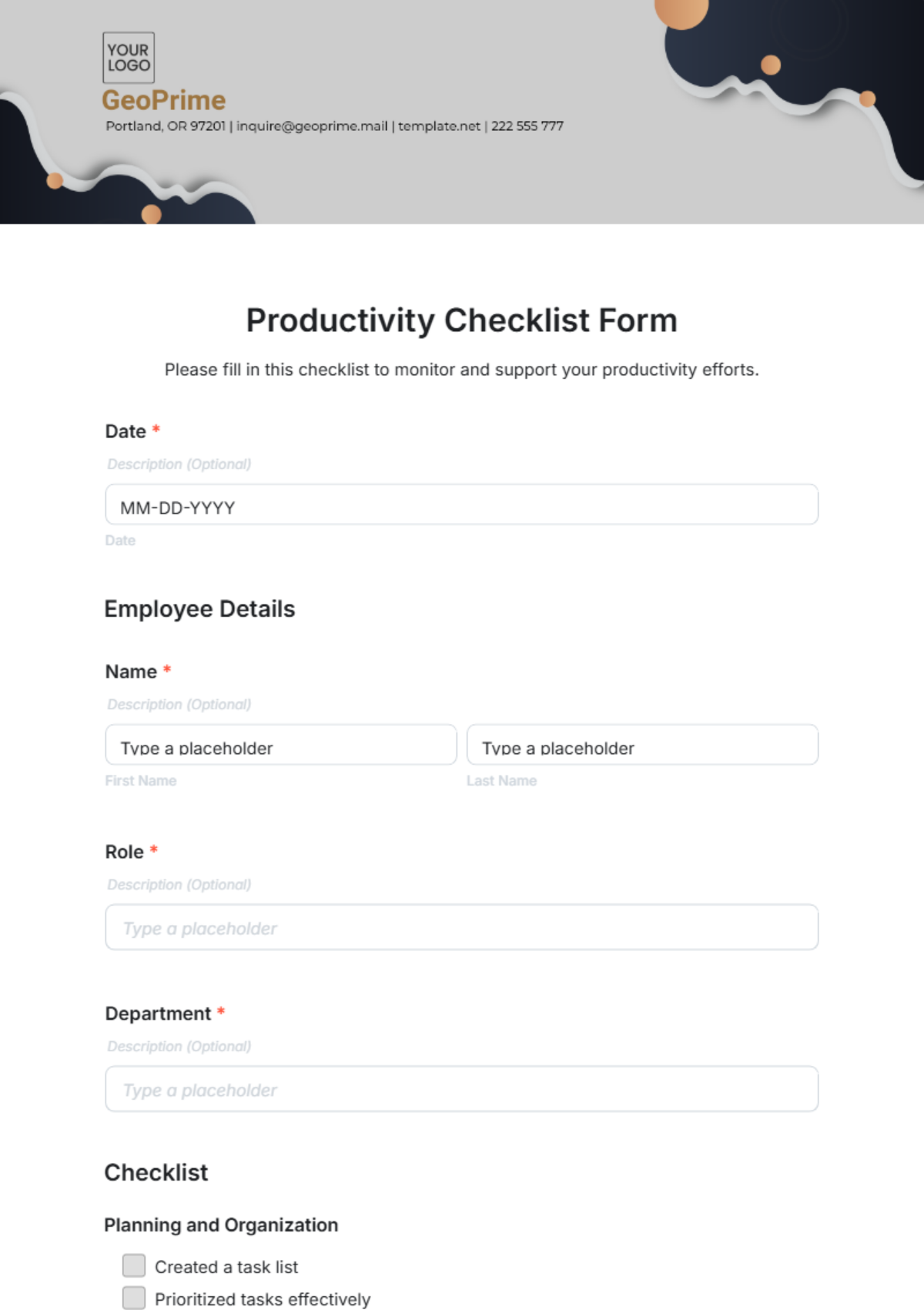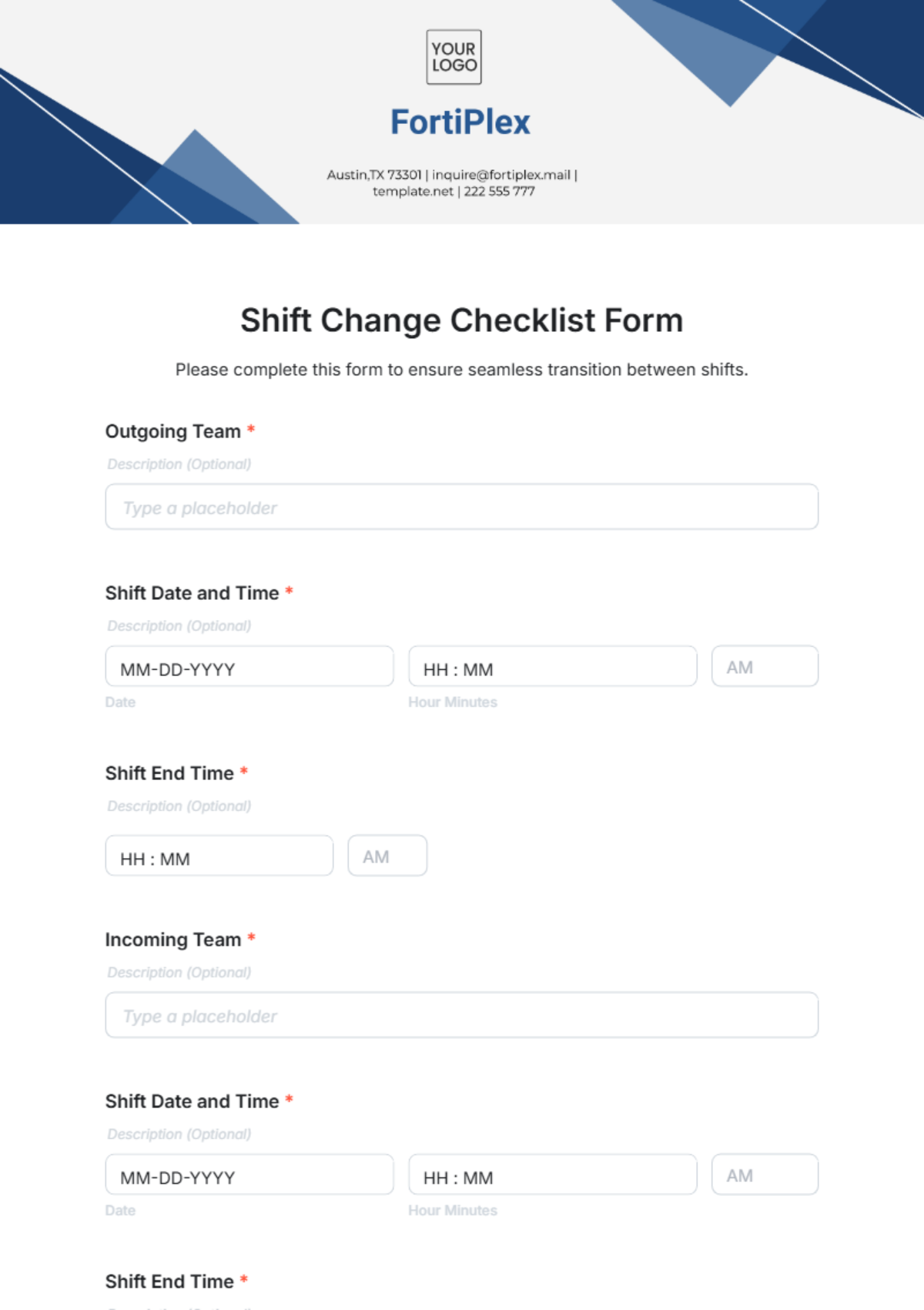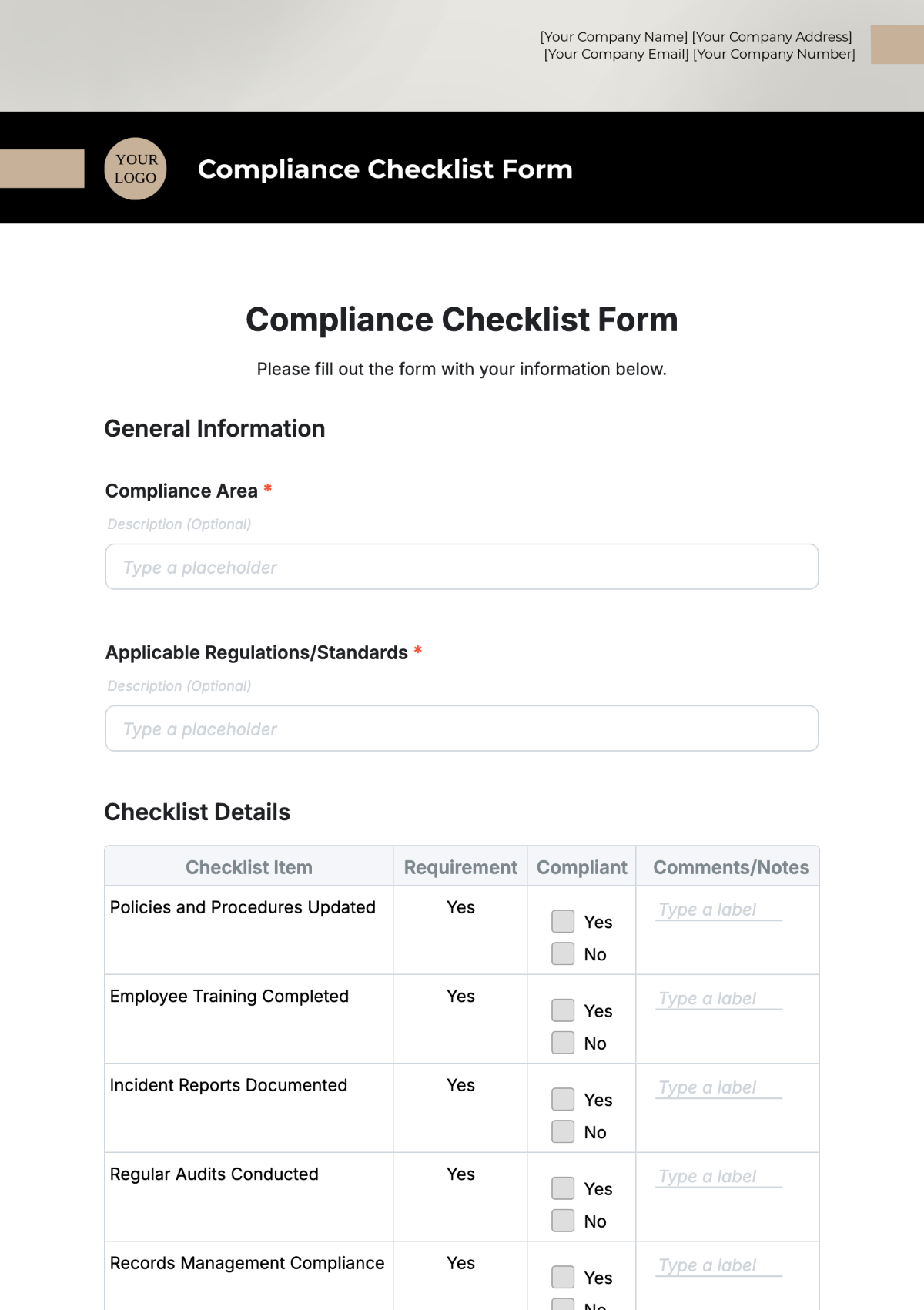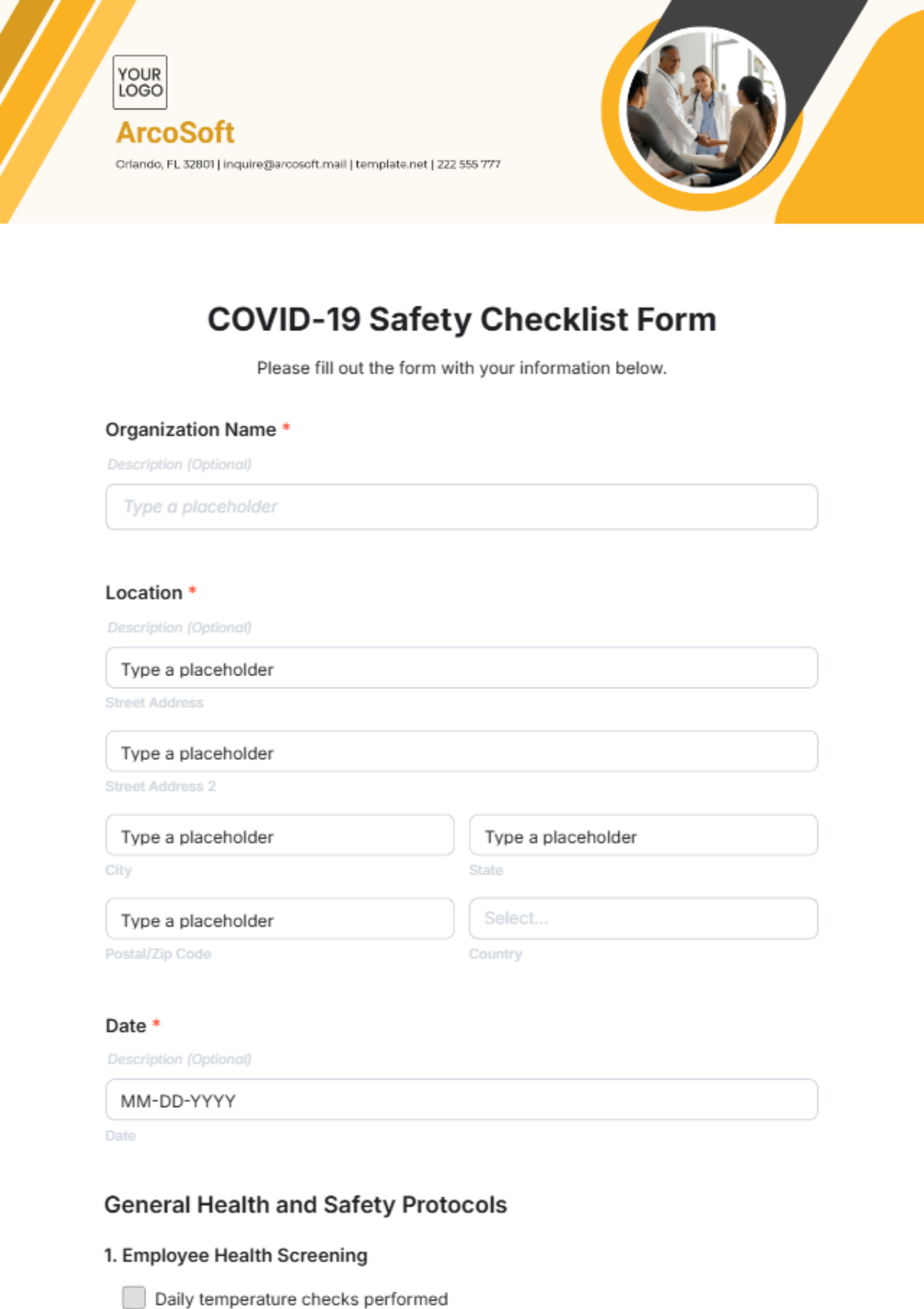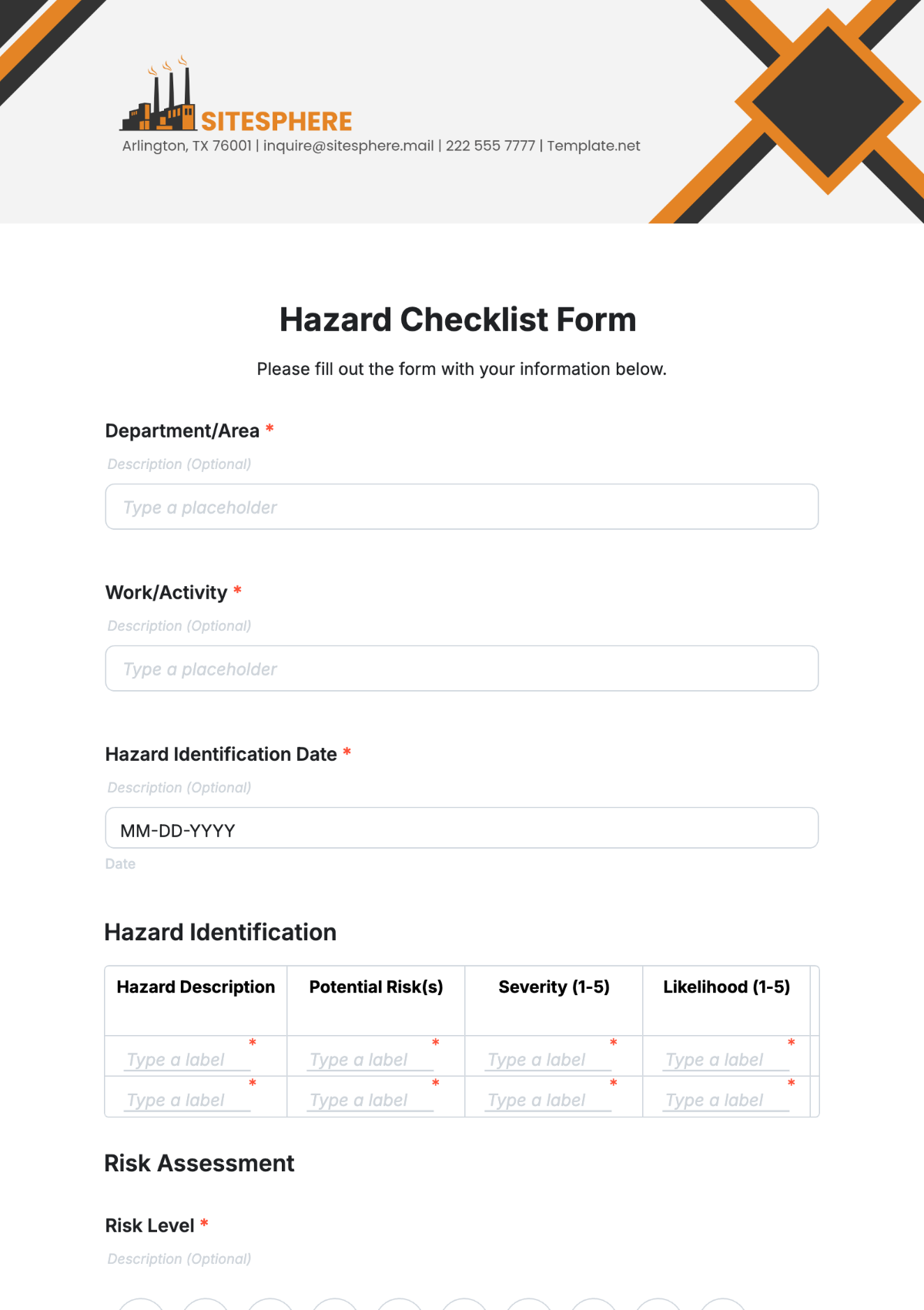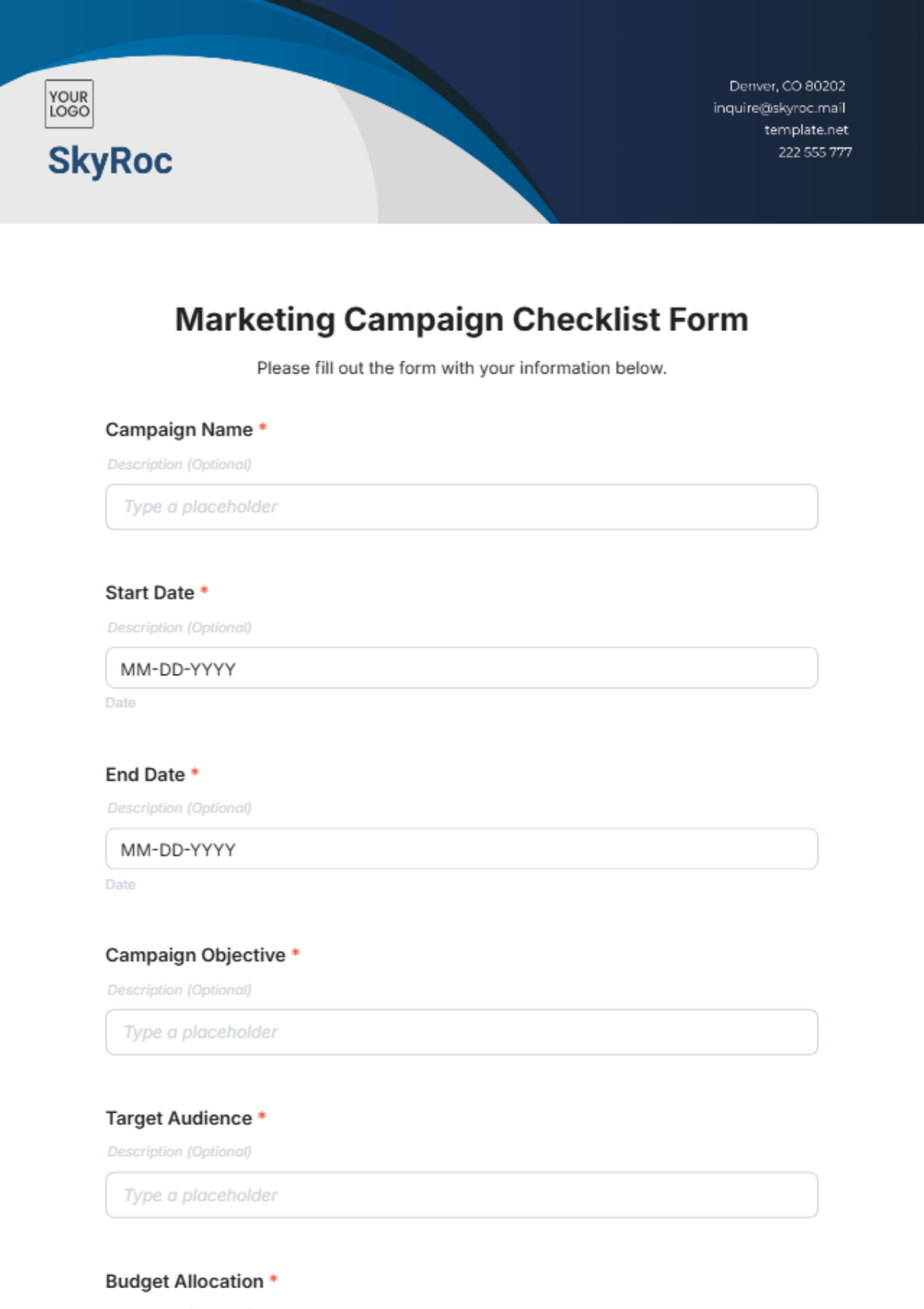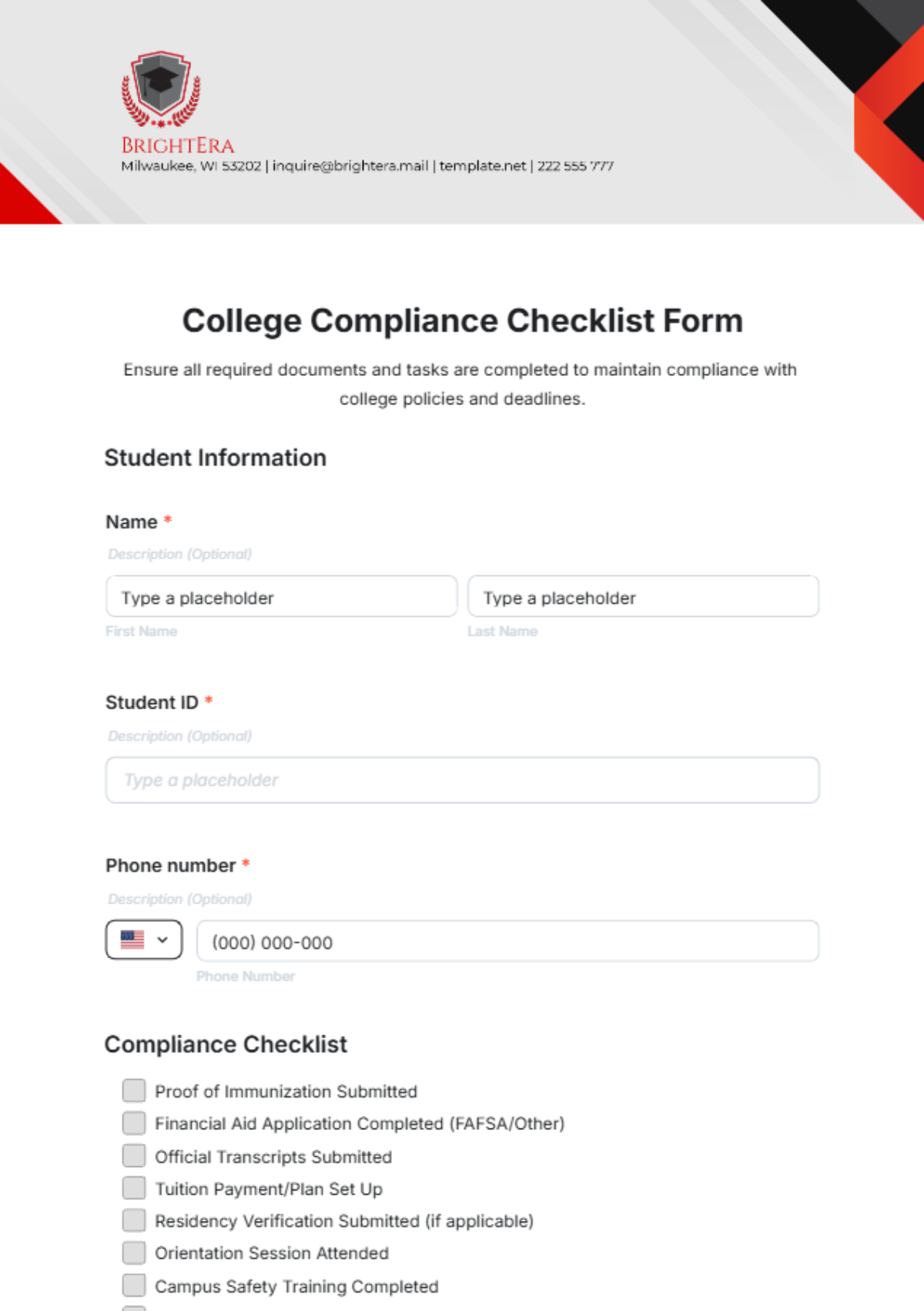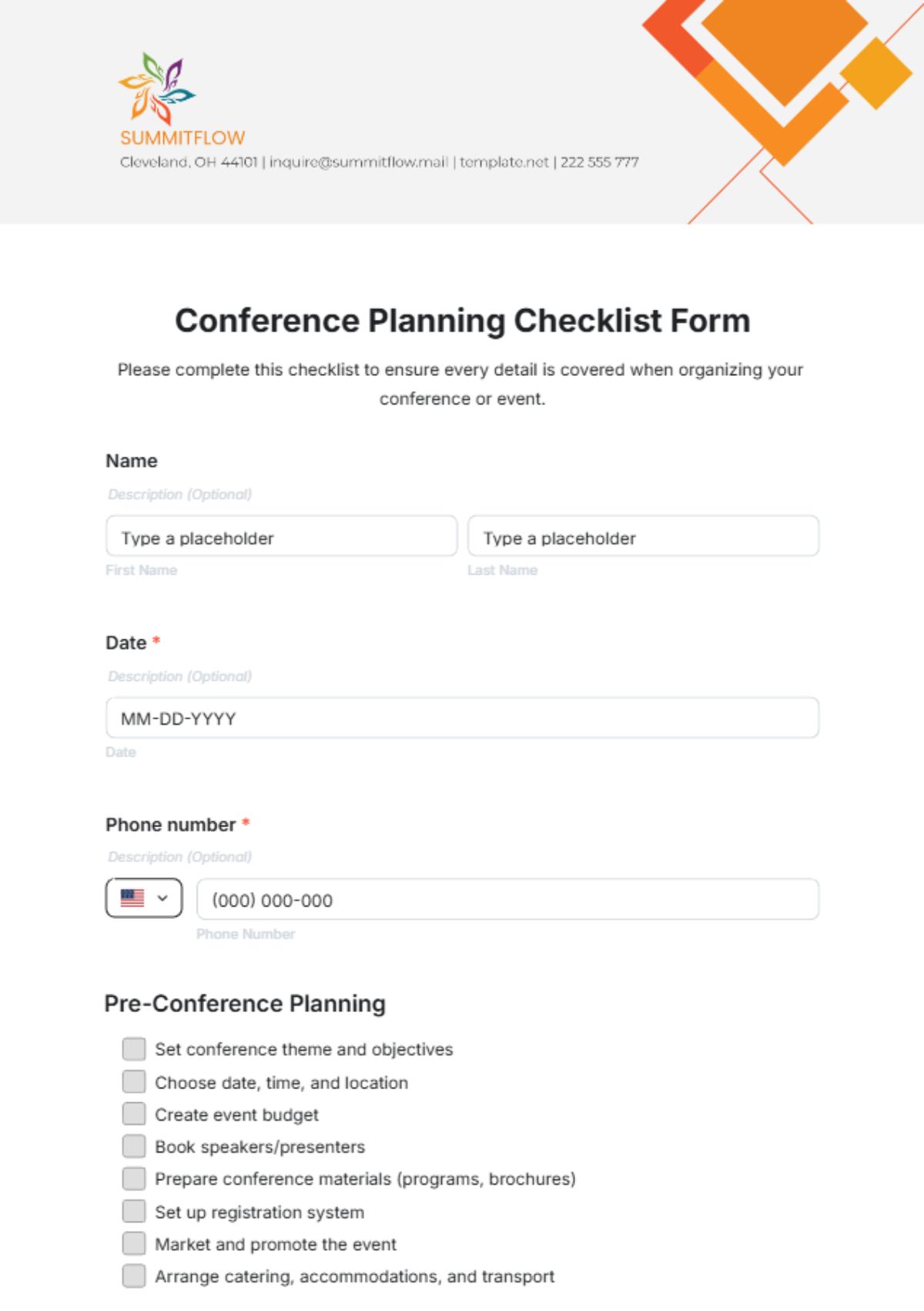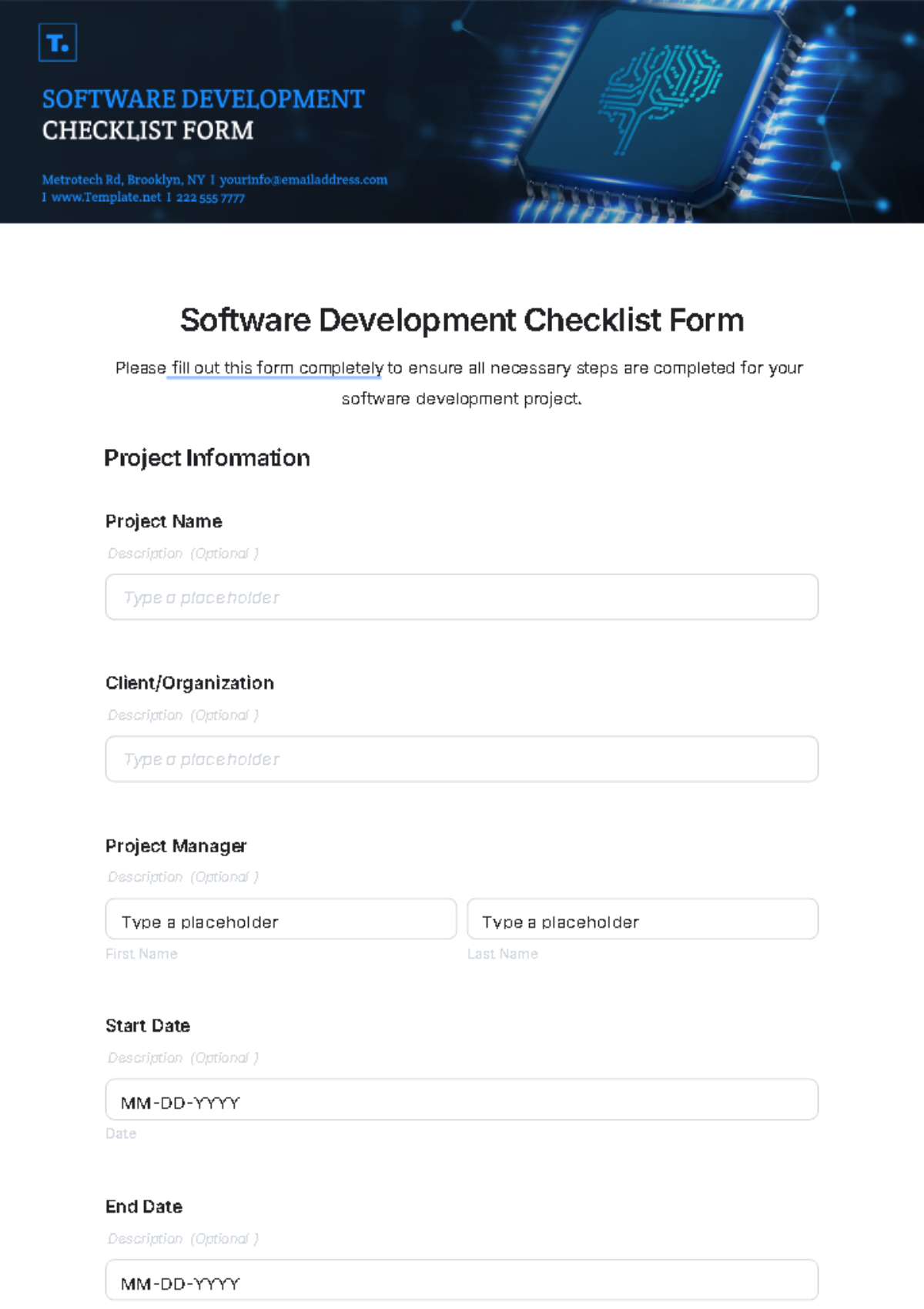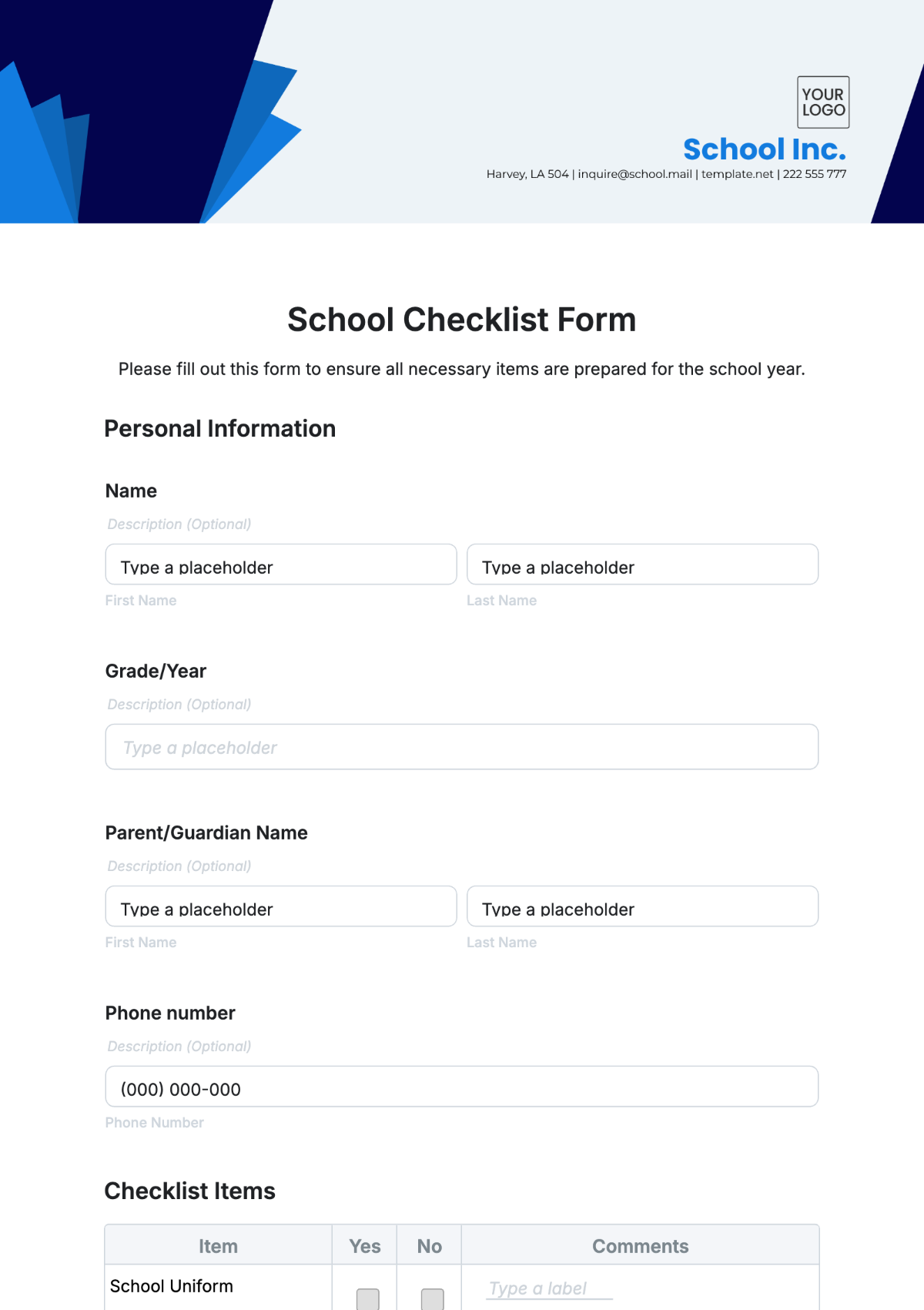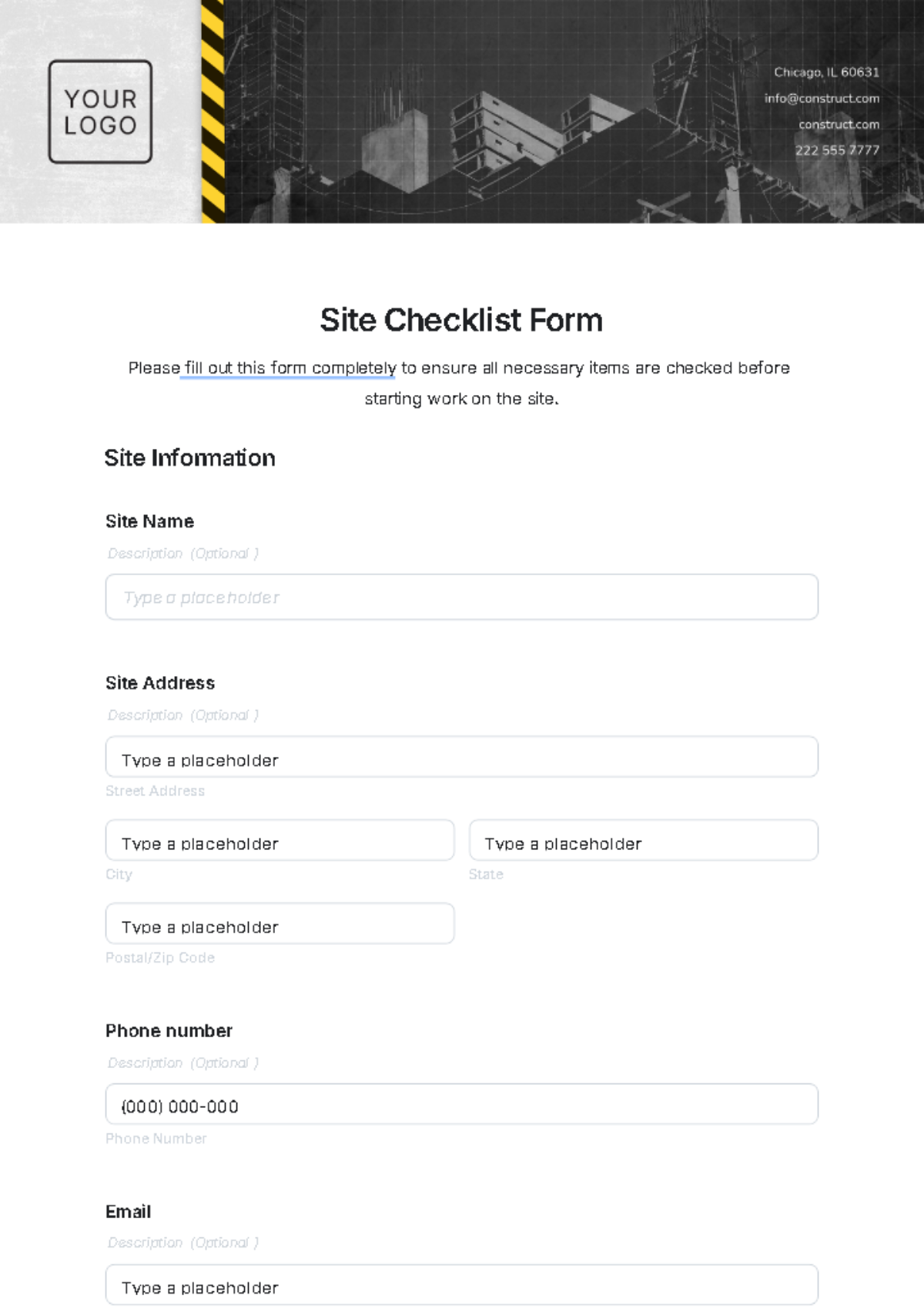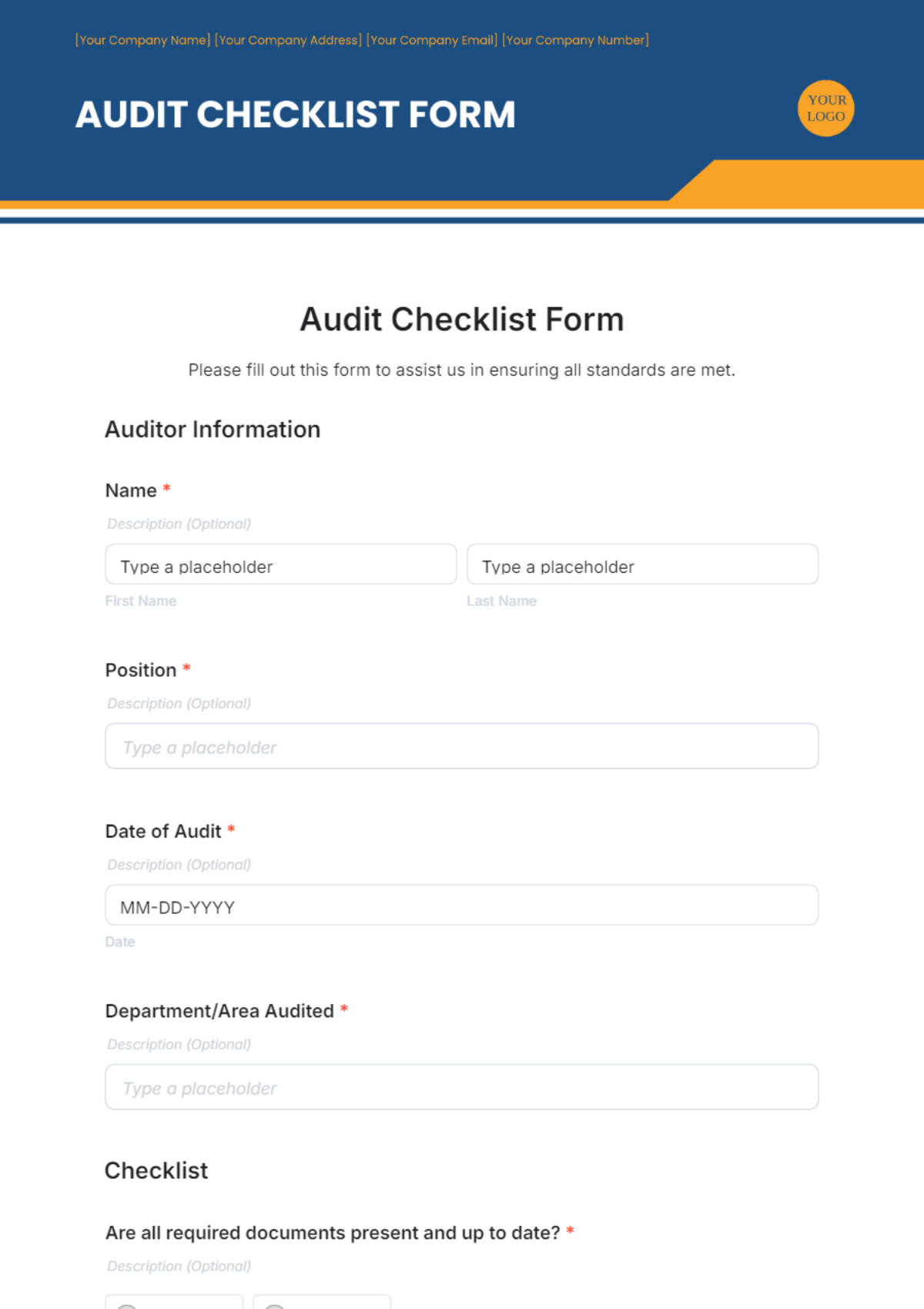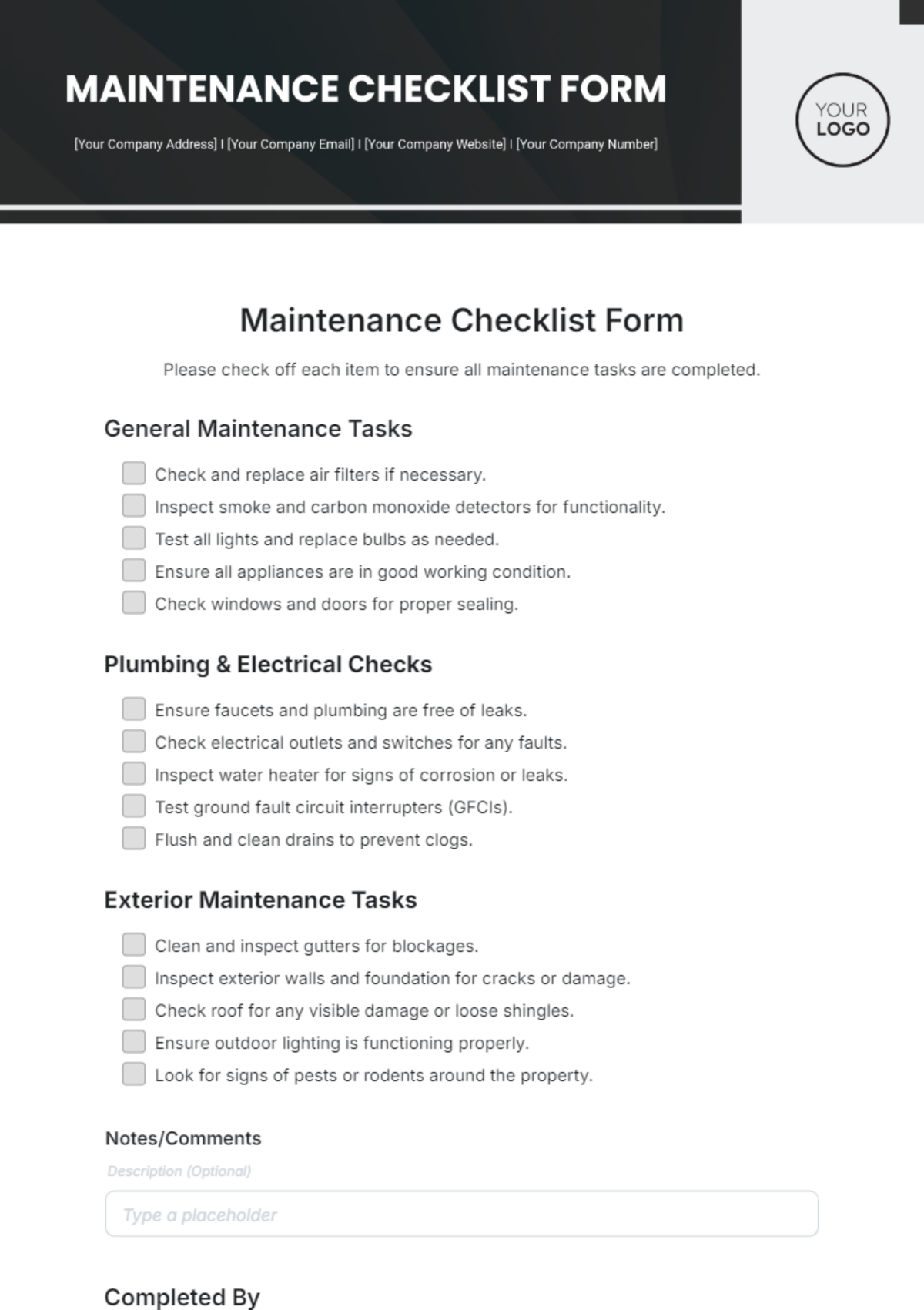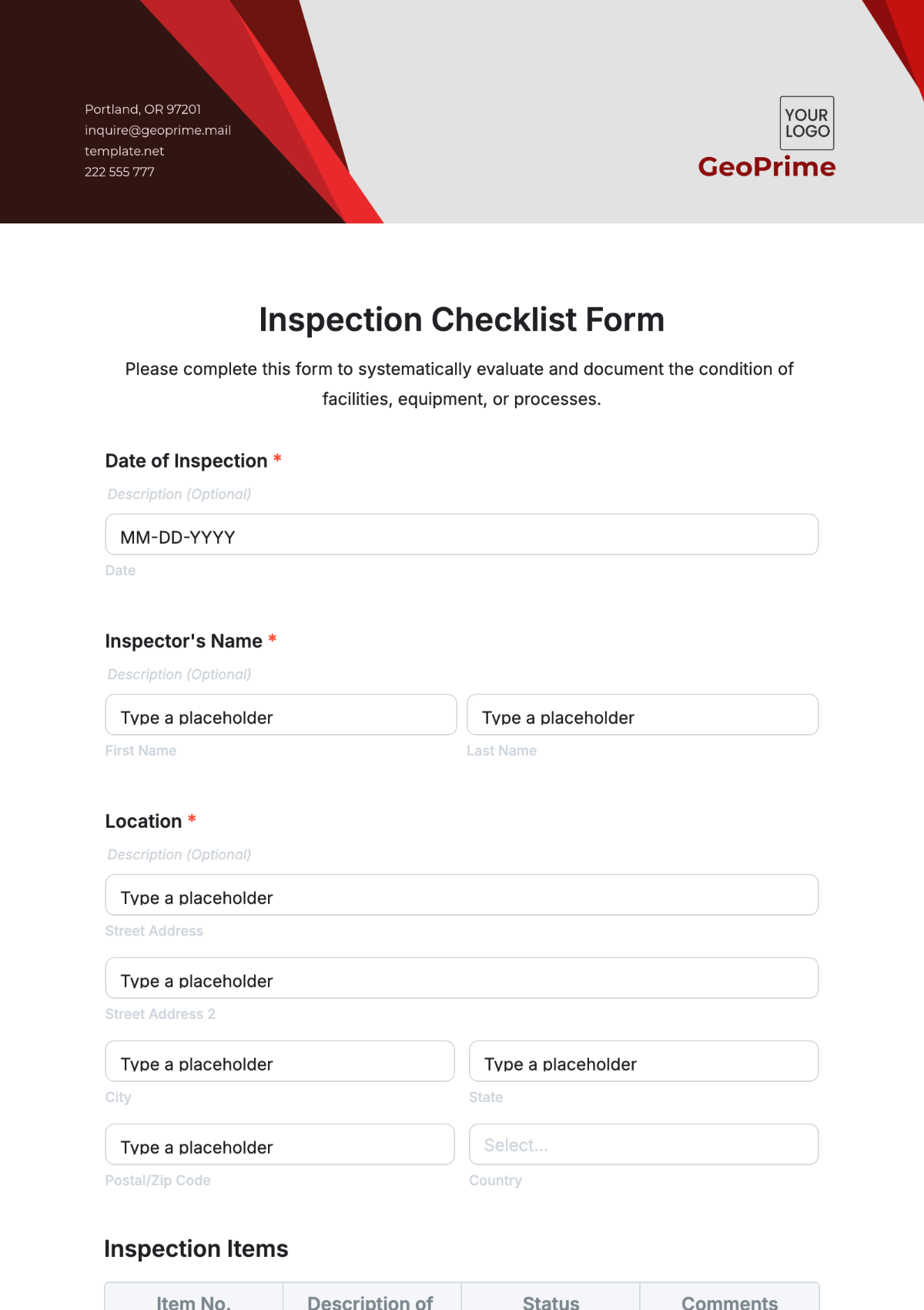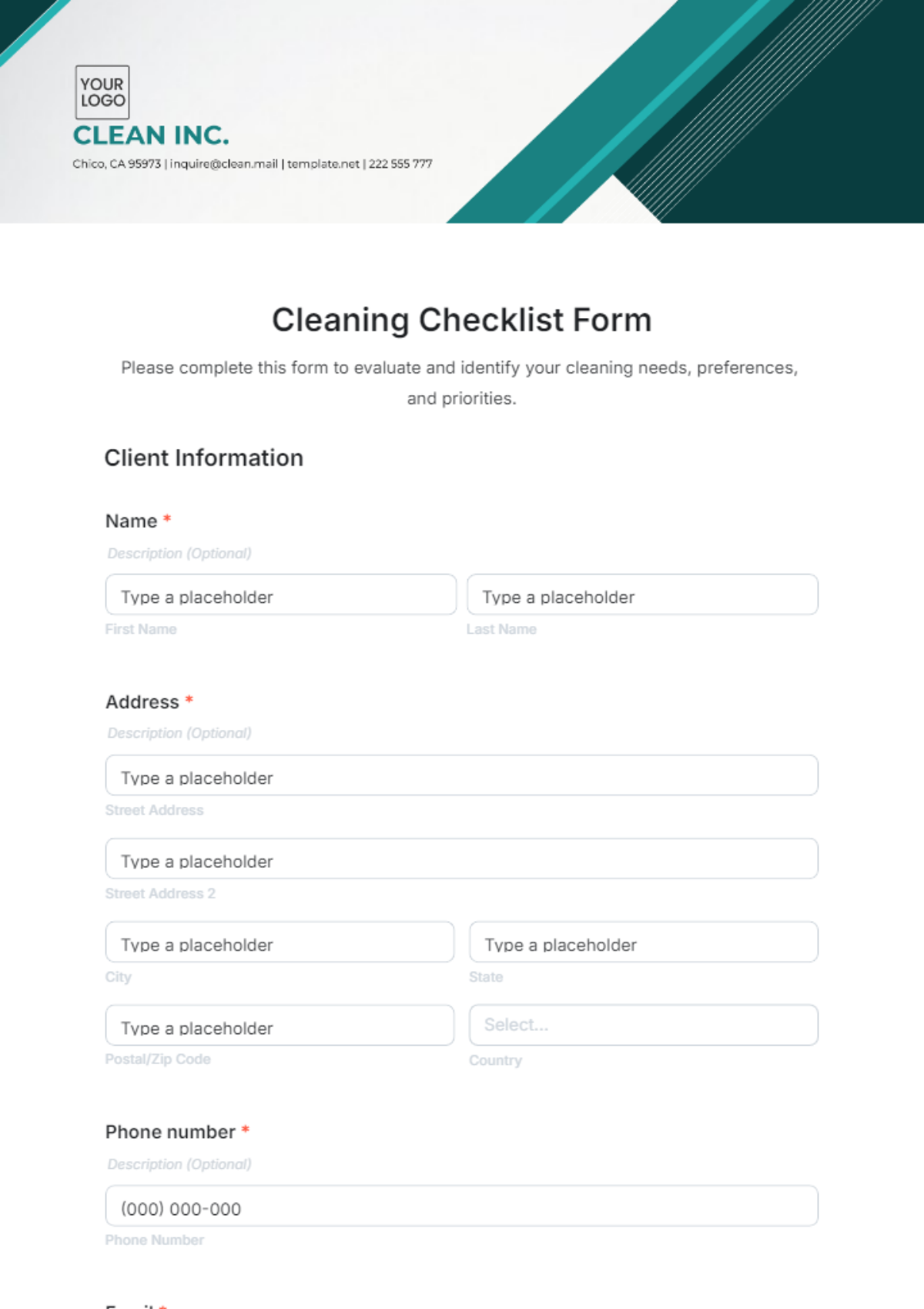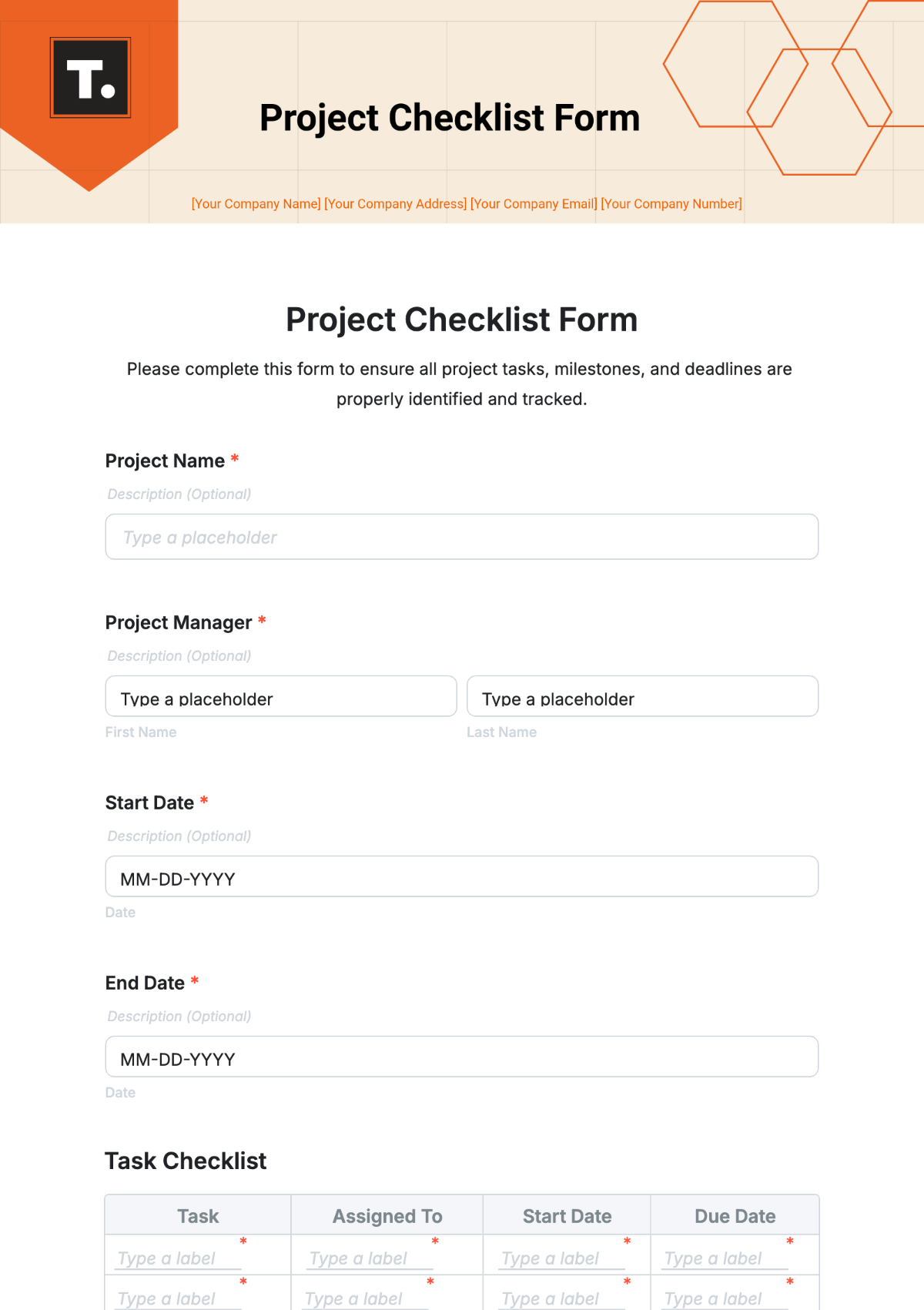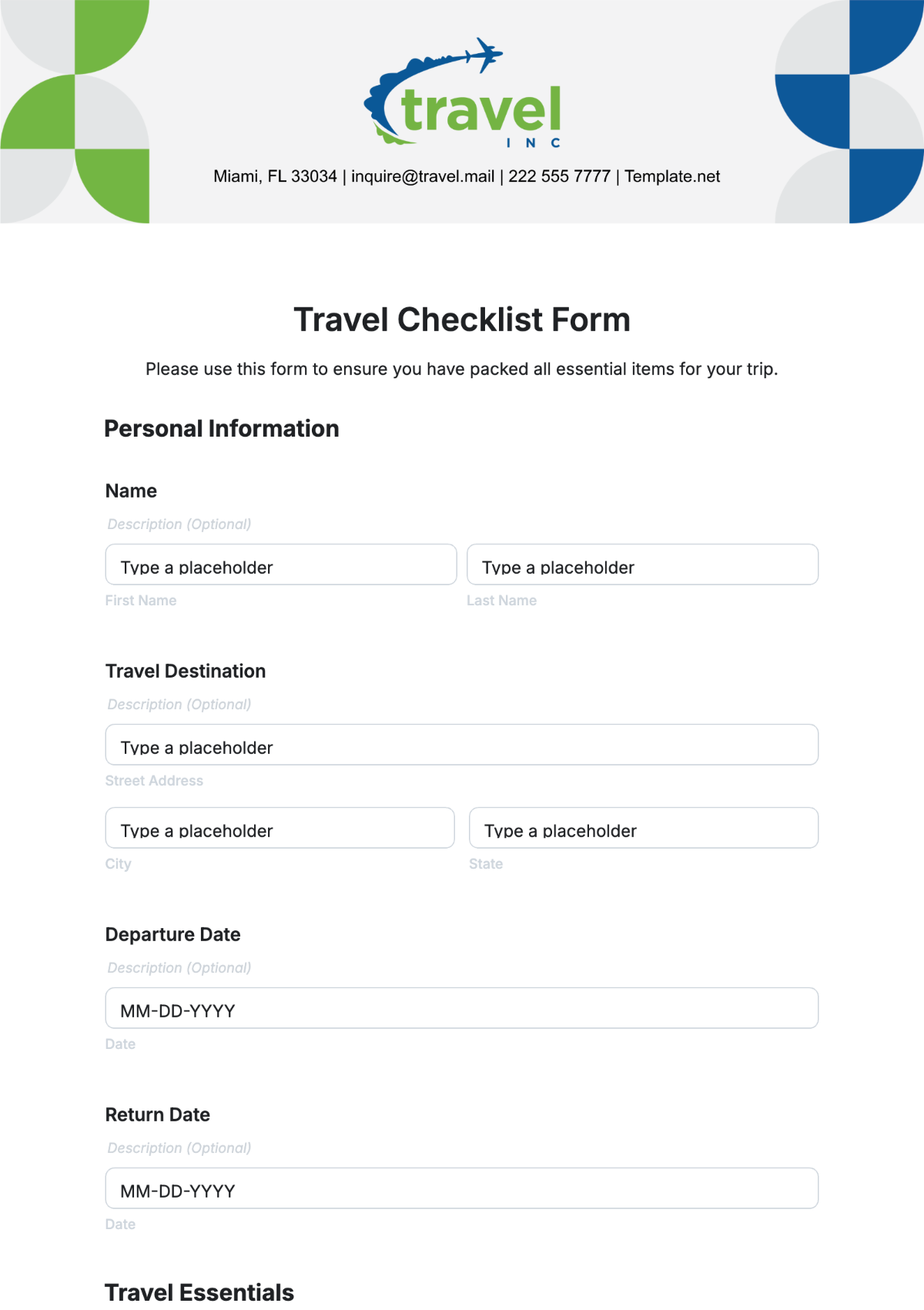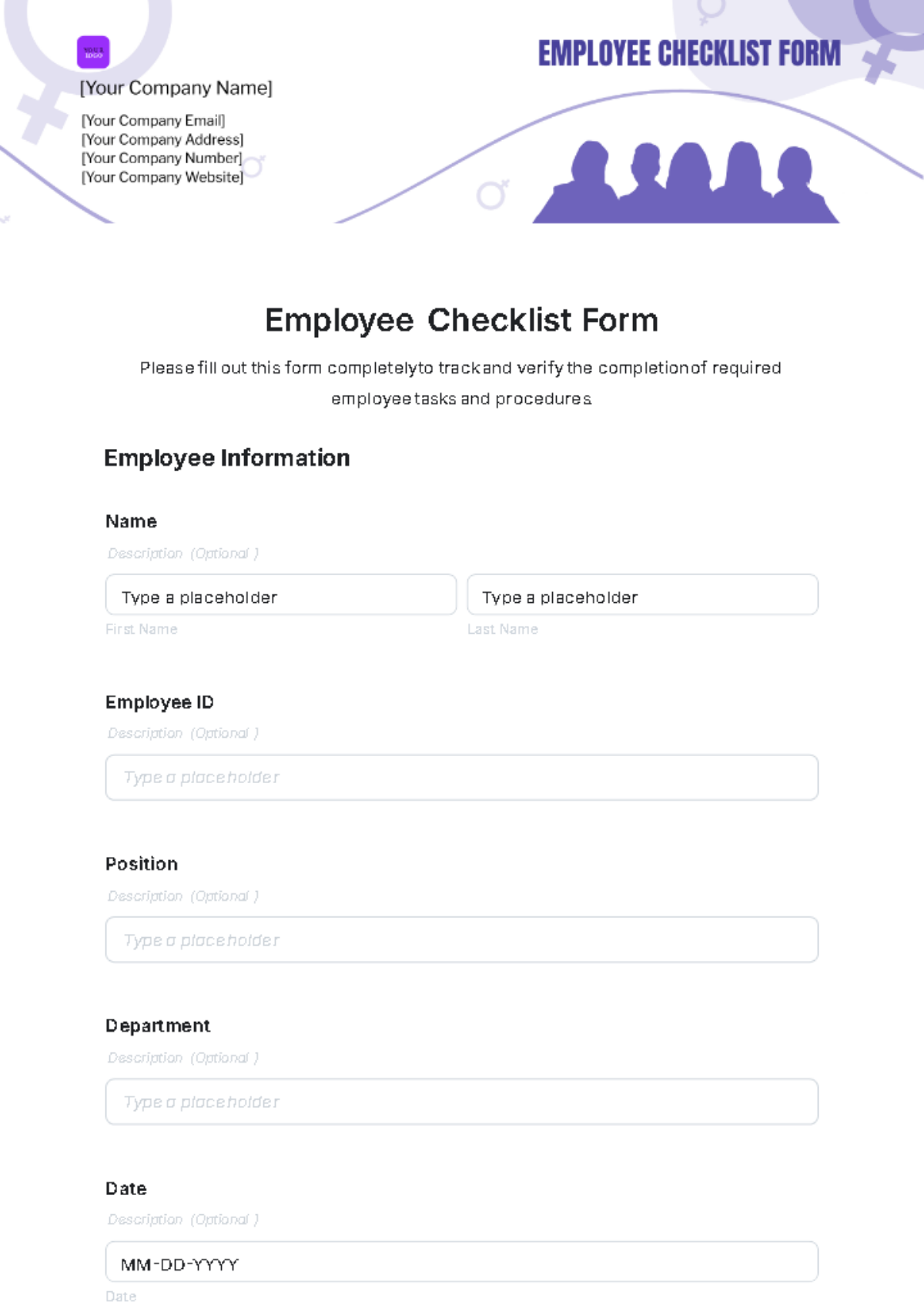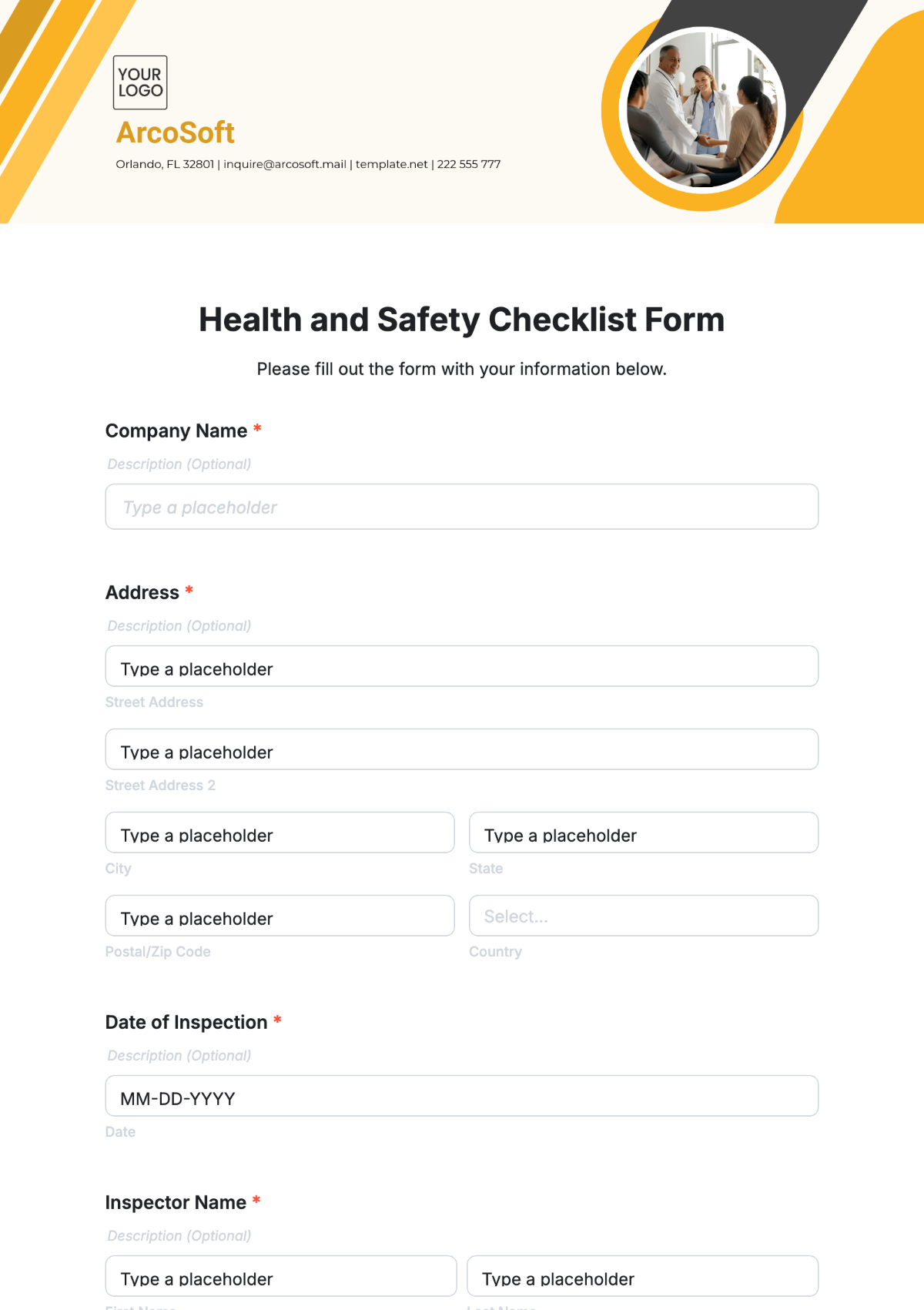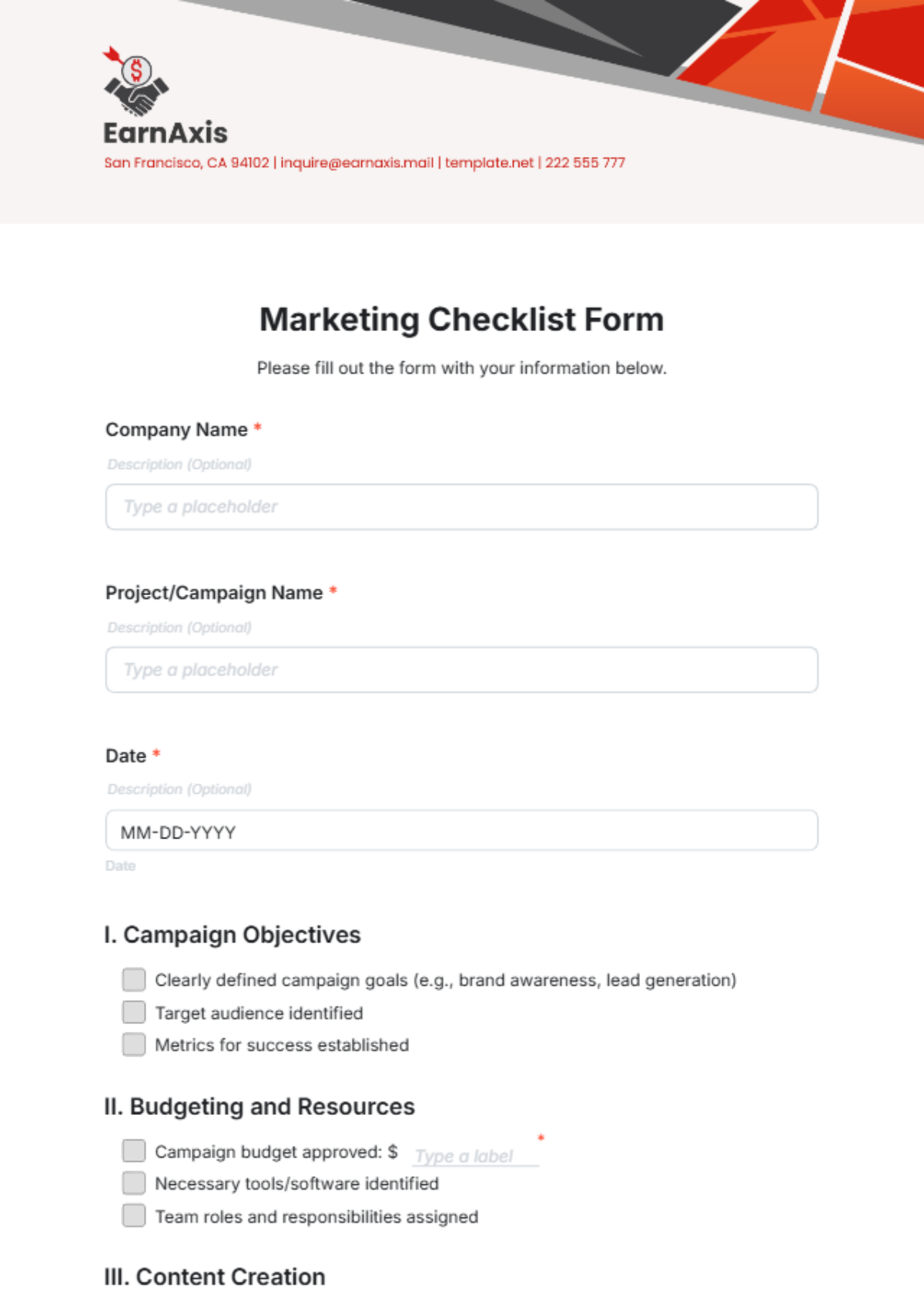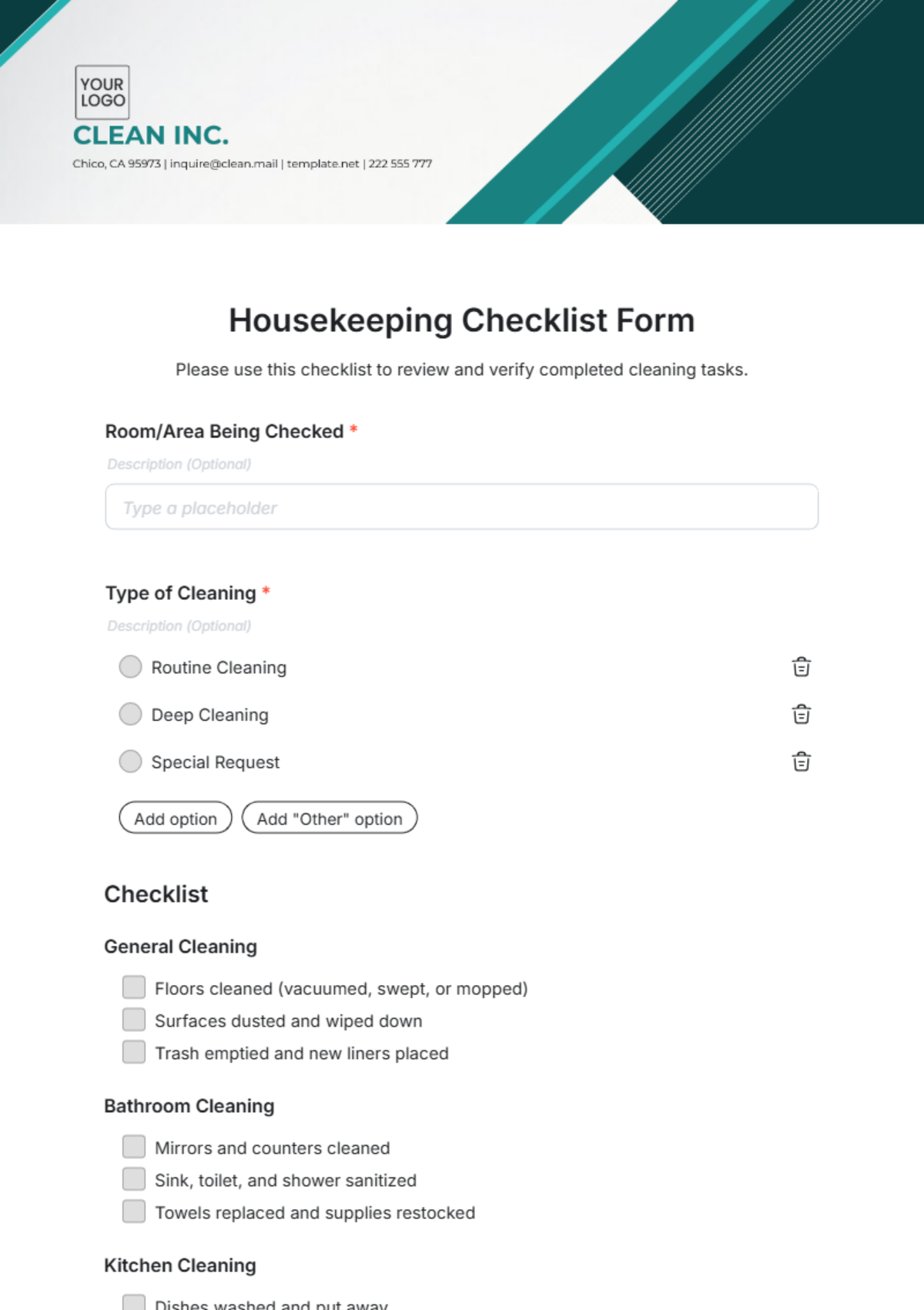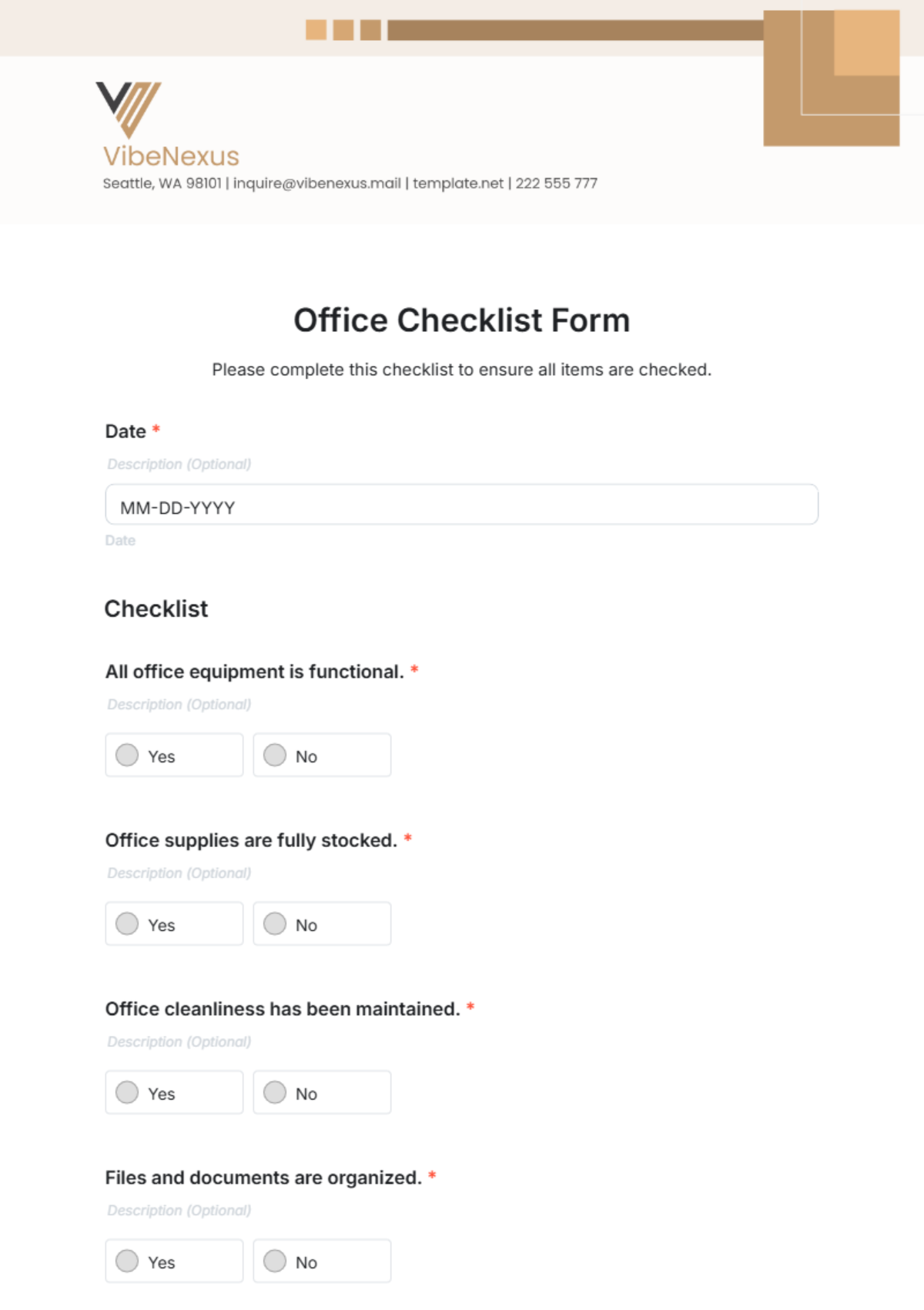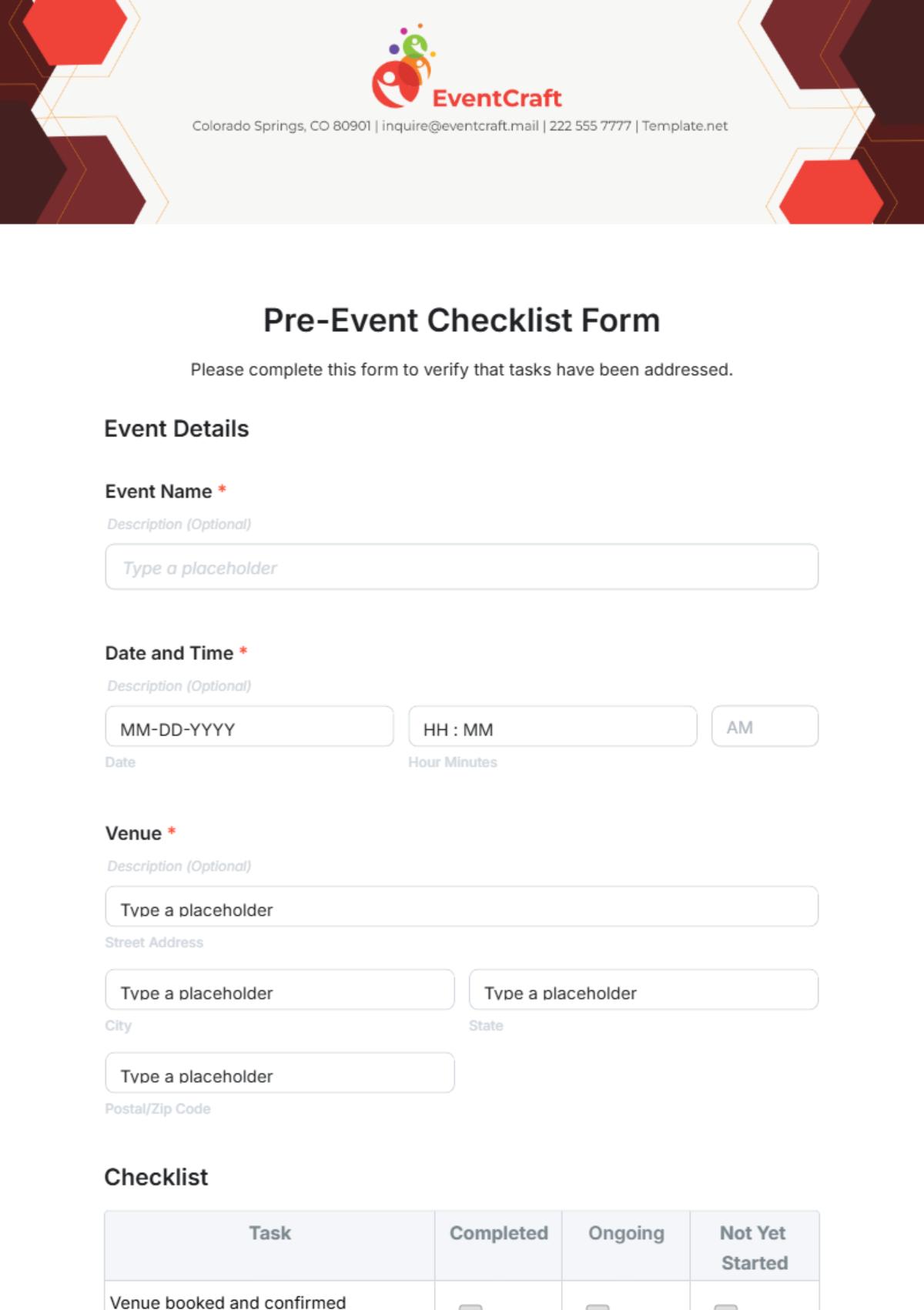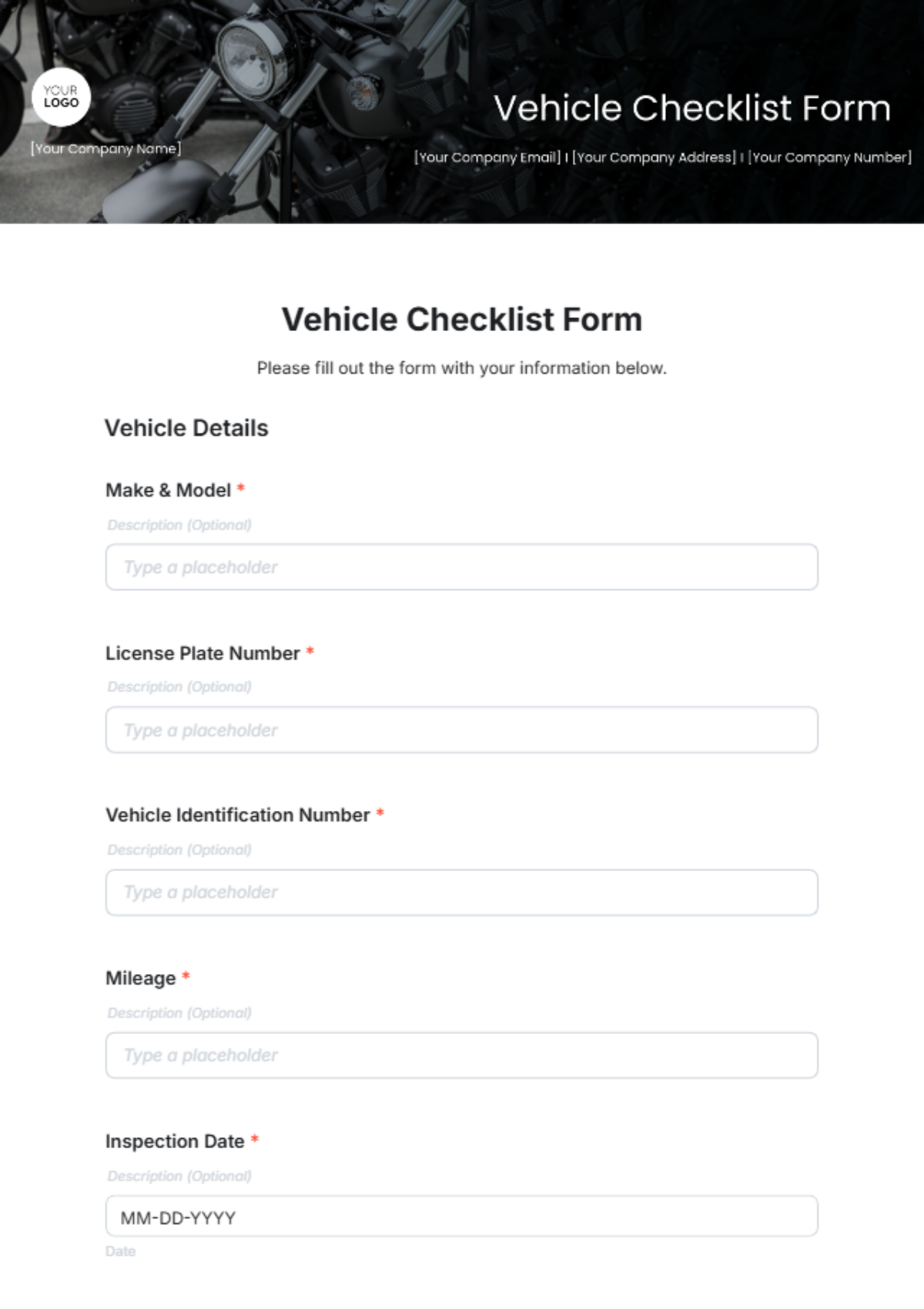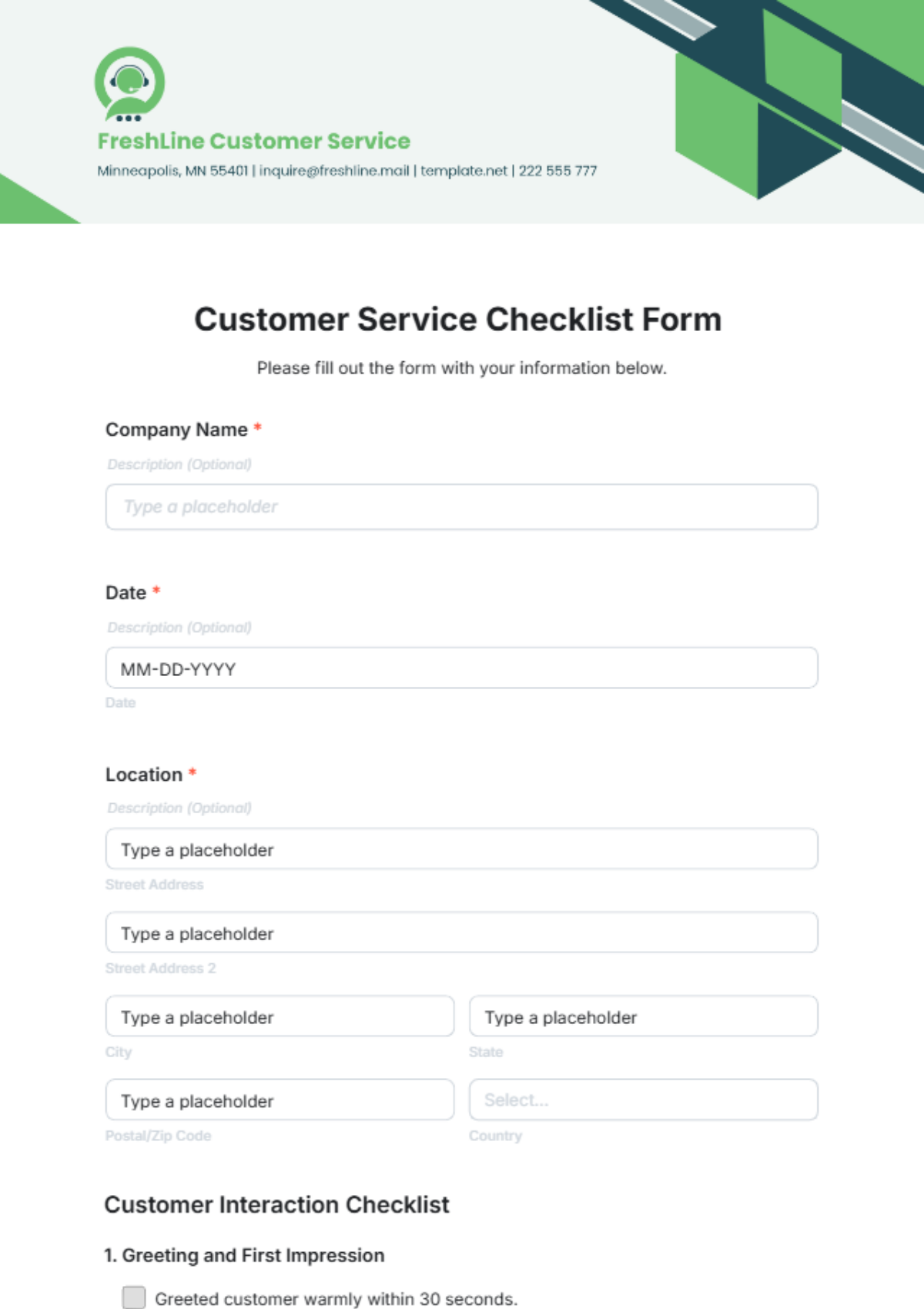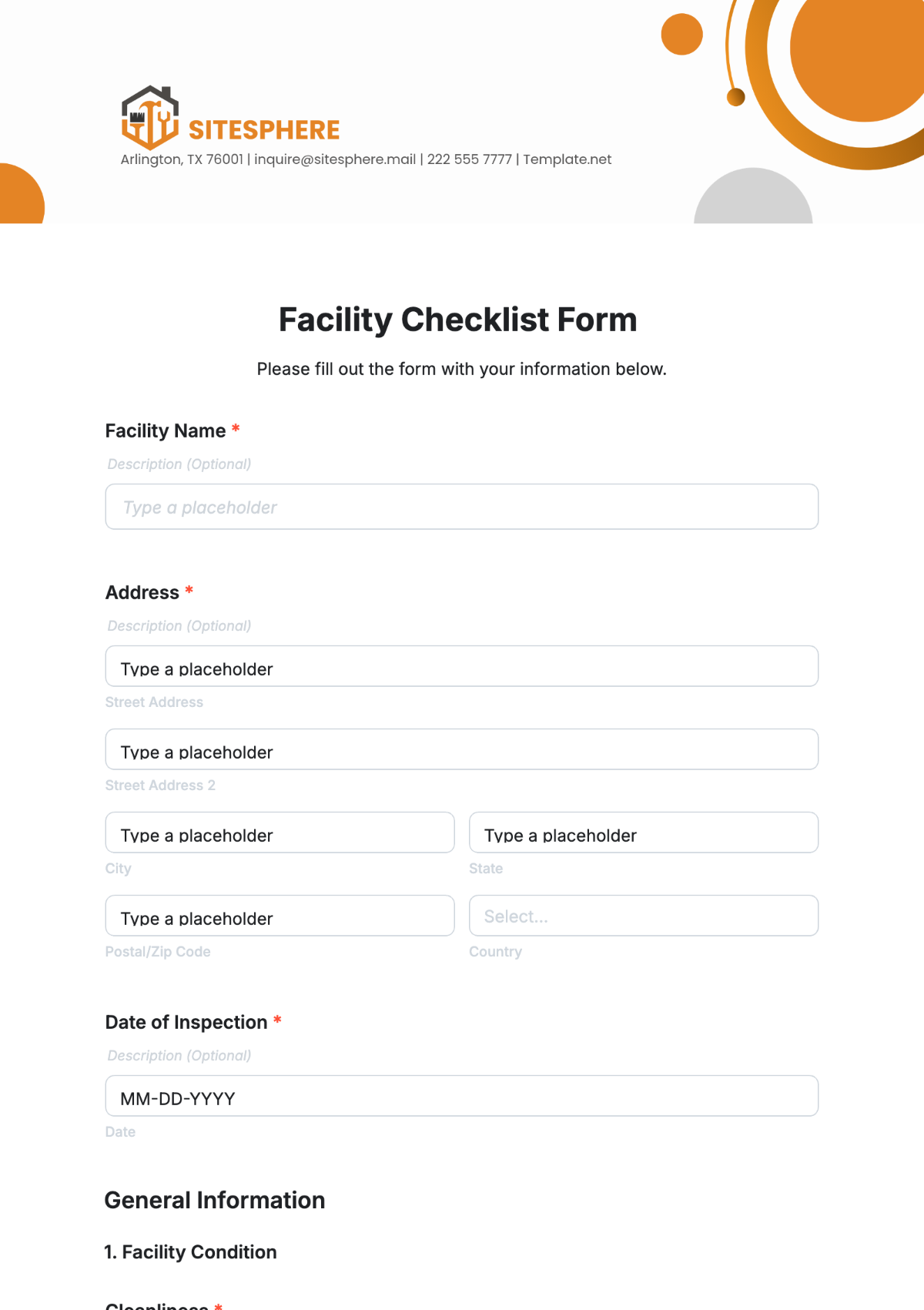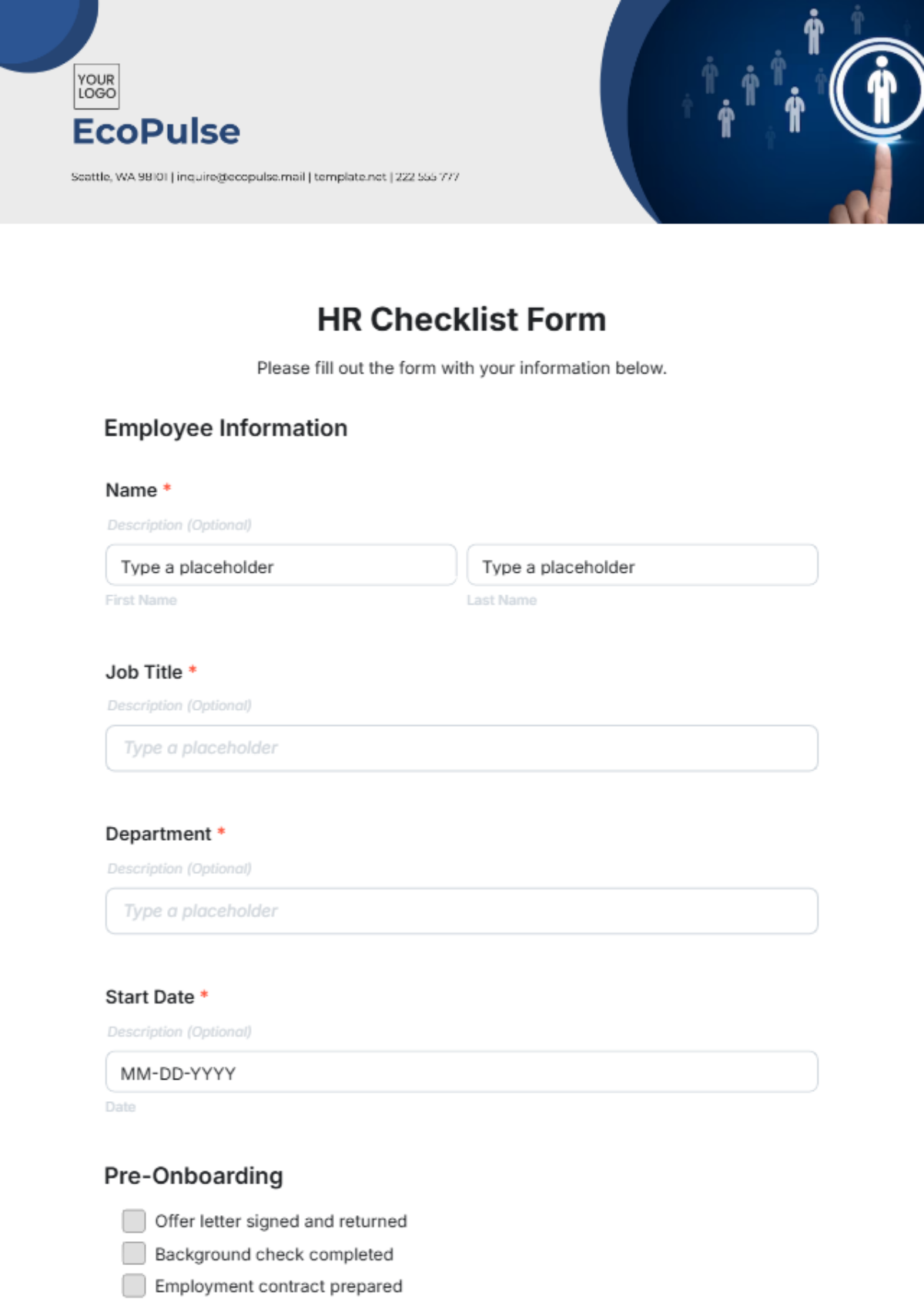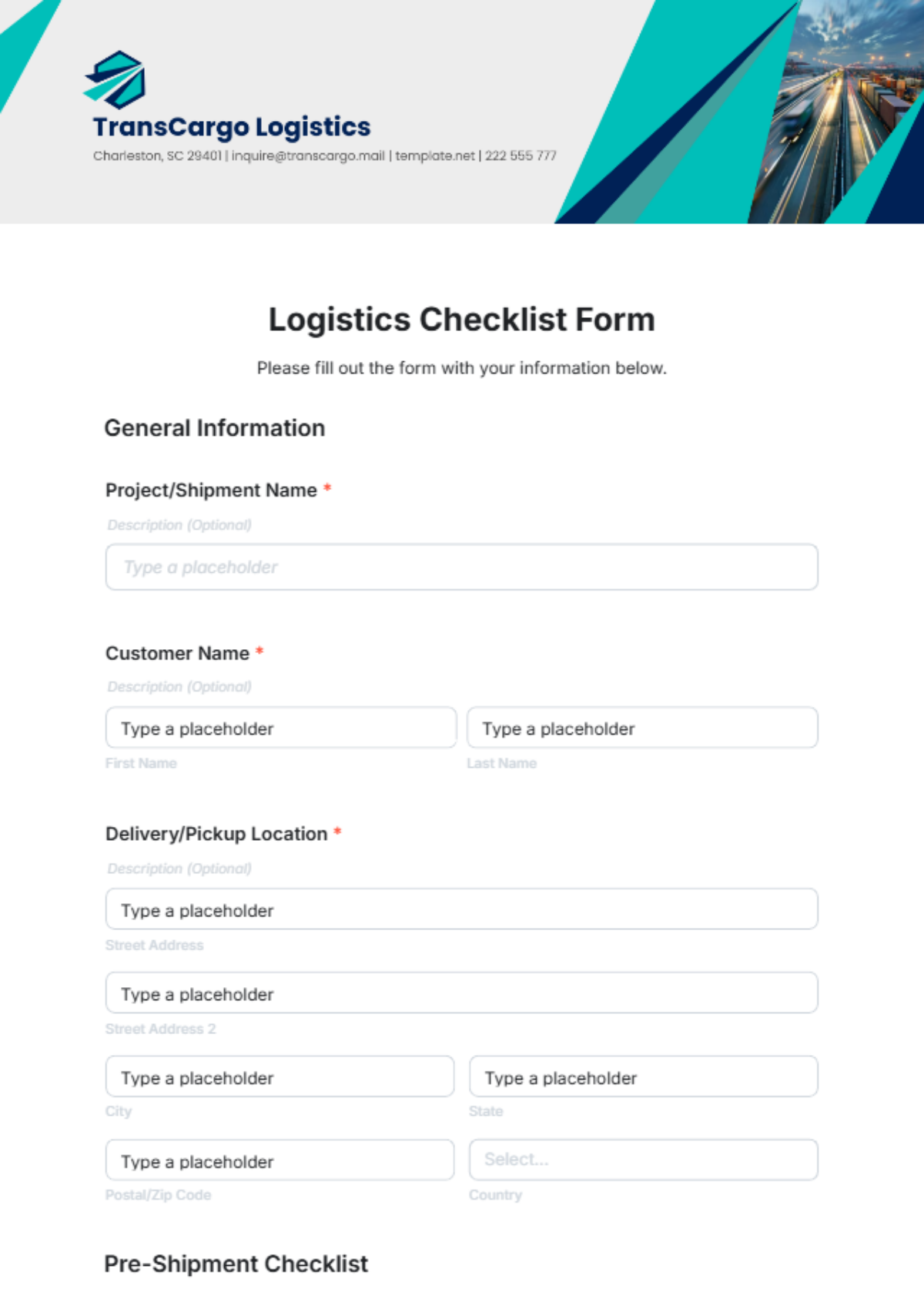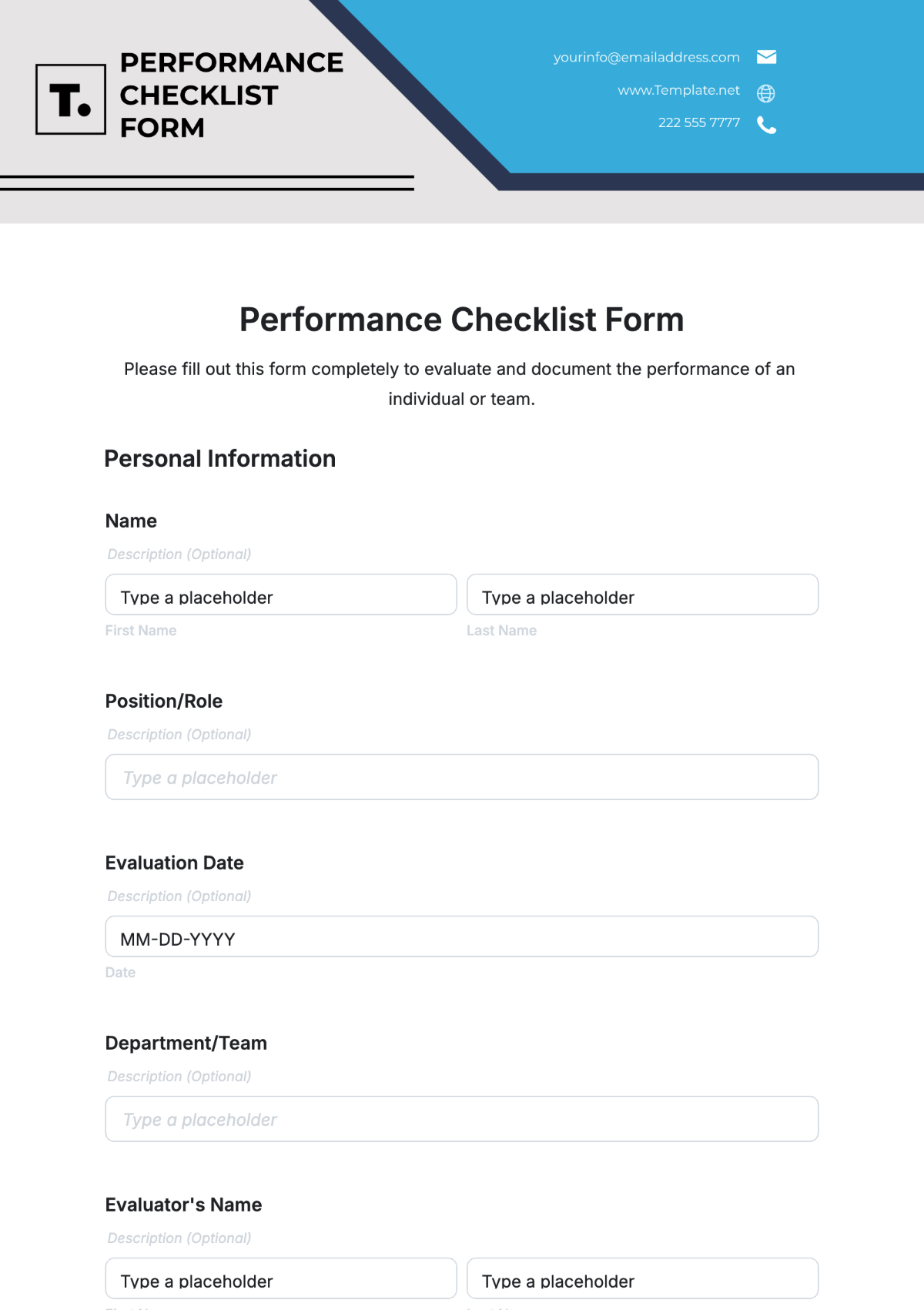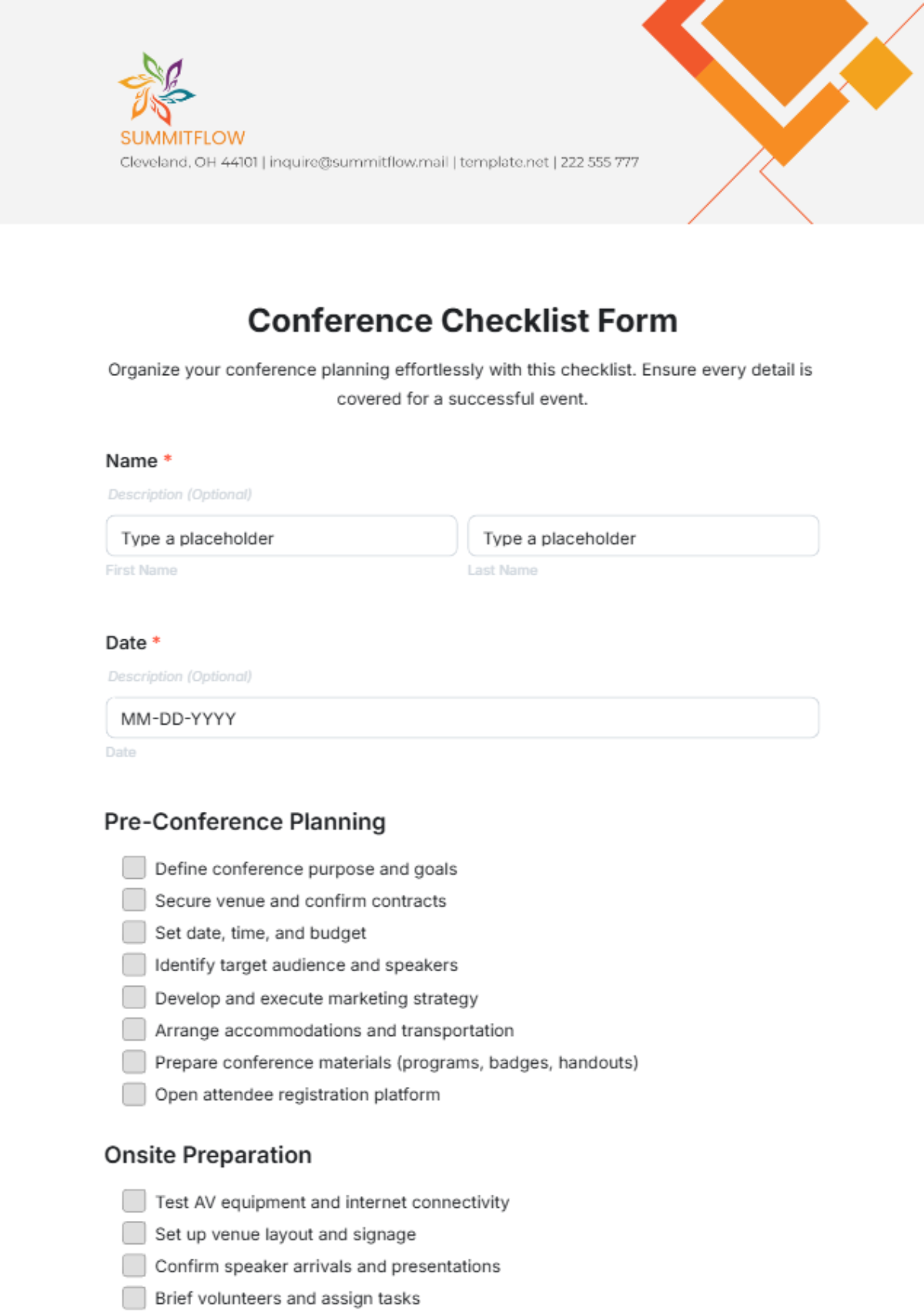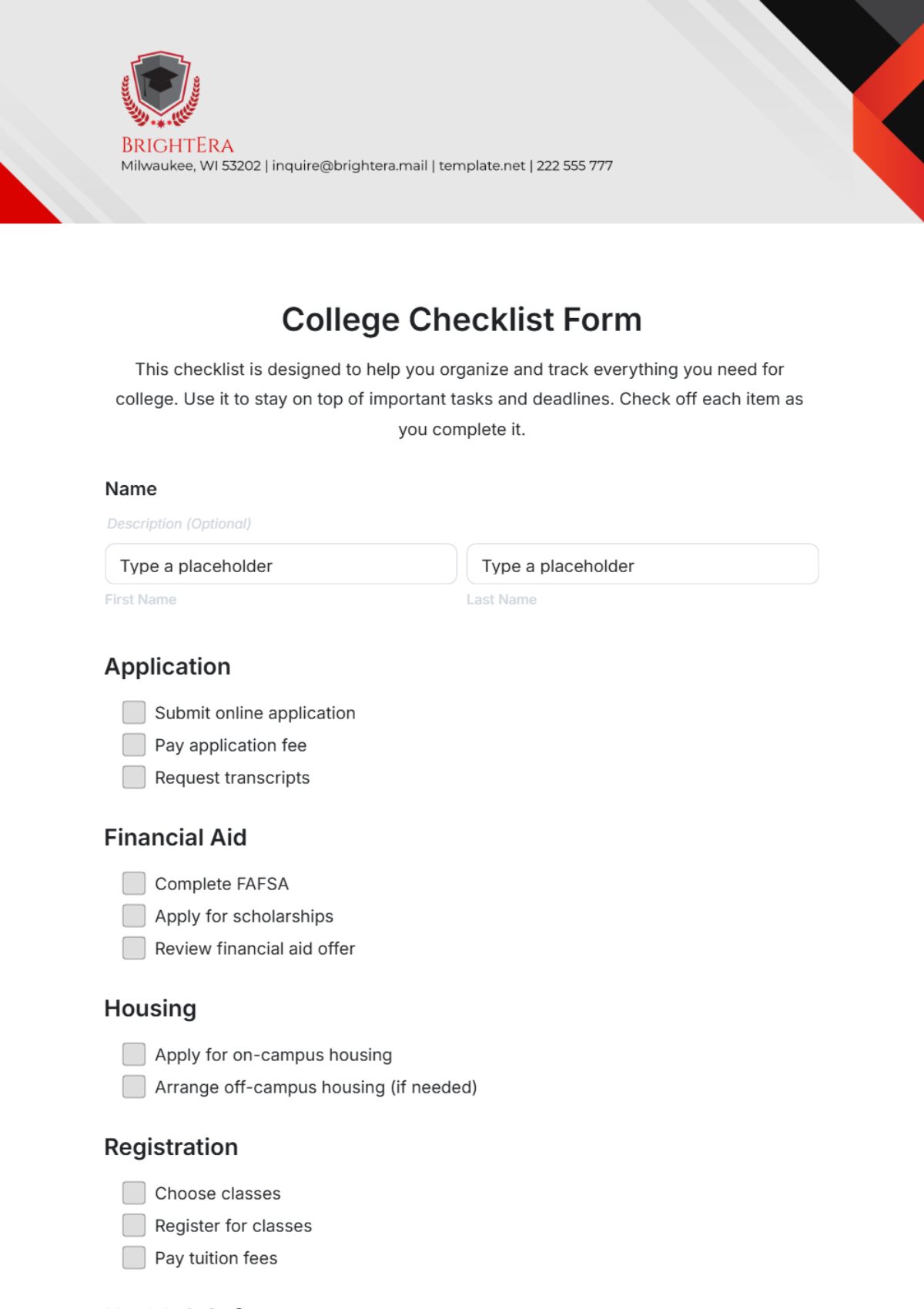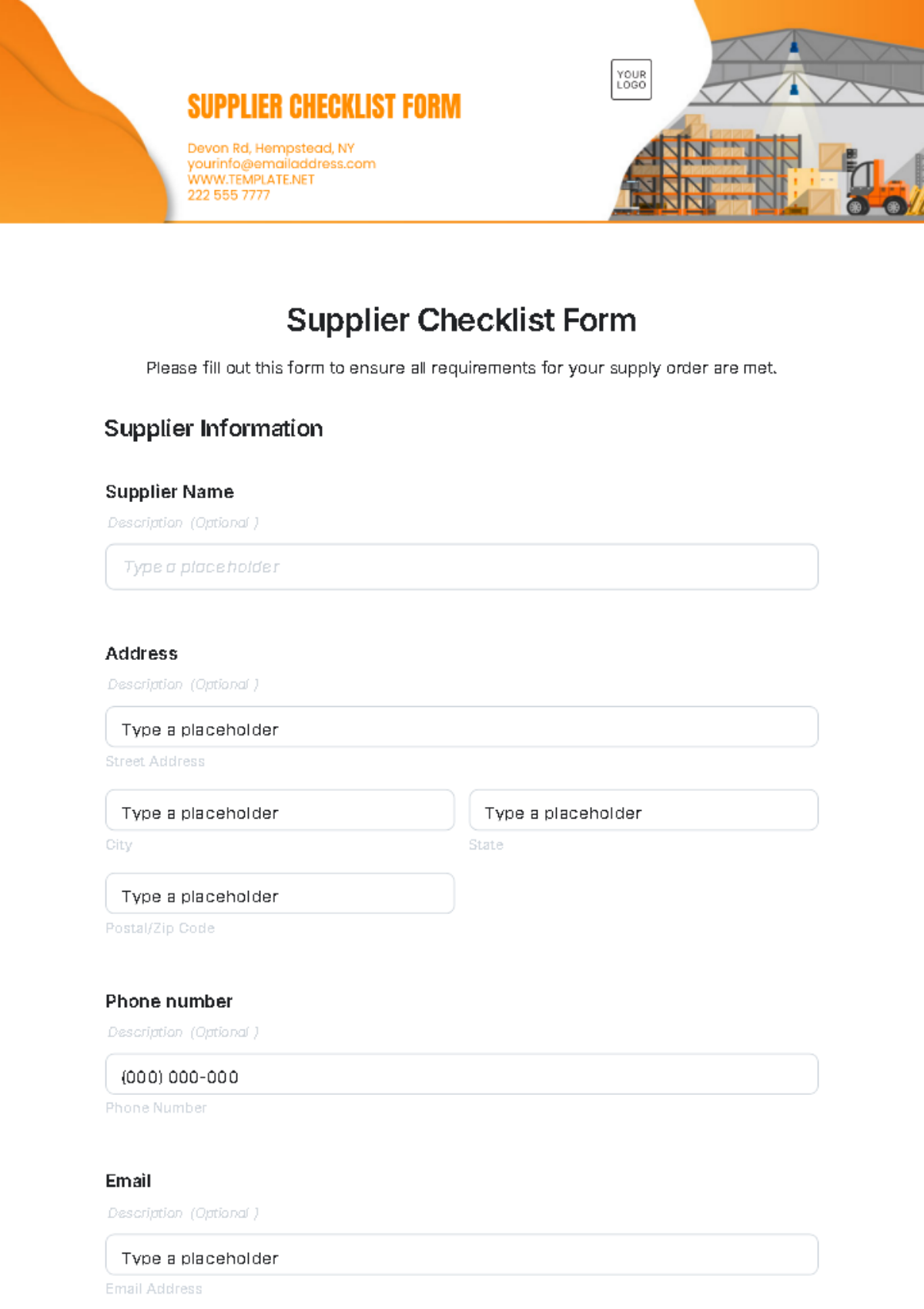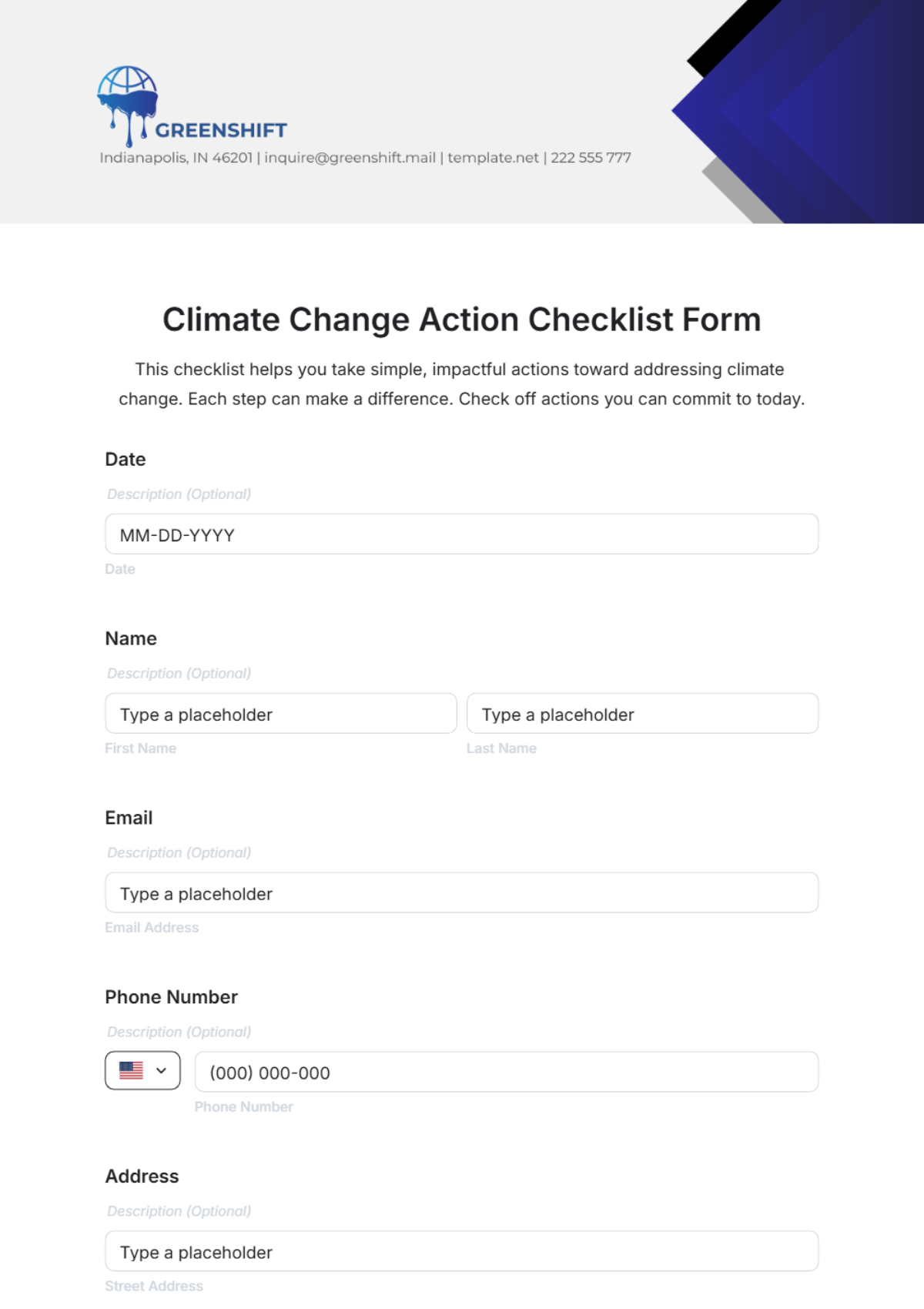Startup Project Checklist
Use this Startup Project Checklist to guide your team through each project phase, ensuring thorough planning, execution, and post-launch activities.
I. Idea Validation
Conduct market research to understand industry trends, customer needs, and market gaps.
Identify the target audience by defining key demographics, behaviors, and pain points.
Analyze competitors by studying their strengths, weaknesses, opportunities, and threats (SWOT).
Define the unique value proposition (UVP) that sets the product apart from competitors.
Gather feedback from potential users through surveys, interviews, or focus groups.
II. Planning and Strategy
Set clear project goals and objectives, outlining what success looks like for this project.
Allocate budget and resources, ensuring that financial and human capital is efficiently distributed.
Establish a project timeline with key milestones to track progress and stay on schedule.
Assign roles and responsibilities to team members, ensuring accountability for each task.
Create a risk assessment plan, identifying potential risks and developing contingency strategies.
III. Legal and Administrative
Determine the business structure (LLC, Corporation, etc.) that aligns with the startup's long-term goals.
Obtain all necessary licenses and permits required to operate legally in the chosen market.
Address intellectual property concerns, including trademarks, patents, and copyrights.
Draft and sign contracts with partners, suppliers, and any other stakeholders.
Ensure full compliance with industry regulations and legal requirements.
IV. Product Development
Define the Minimum Viable Product (MVP) by identifying essential features that meet initial user needs.
Complete prototyping and testing to refine the product based on user feedback and technical feasibility.
Finalize product design, ensuring it meets both aesthetic and functional standards.
Track development milestones to monitor progress and make adjustments as needed.
Conduct quality assurance tests to identify and fix bugs or issues before launch.
V. Marketing and Sales
Develop a branding and messaging strategy that resonates with the target audience.
Choose marketing channels that effectively reach the target audience (e.g., social media, email, SEO).
Build a sales funnel to guide potential customers from awareness to purchase.
Execute a content marketing plan, including blogs, videos, and social media posts, to drive engagement.
Plan PR and media outreach to generate buzz and increase visibility leading up to the launch.
VI. Financial Planning
Secure funding sources, whether through investors, loans, or bootstrapping, to finance the project.
Create detailed financial projections, including revenue forecasts and break-even analysis.
Define a pricing strategy that reflects the product's value while remaining competitive in the market.
Set up an expense tracking system to monitor costs and ensure they stay within the allocated budget.
Plan for cash flow management to maintain sufficient liquidity throughout the project lifecycle.
VII. Launch Preparation
Set a definitive launch date, coordinating all activities around this target.
Finalize the go-to-market strategy, including marketing, sales, and distribution plans.
Brief and prepare the team, ensuring everyone understands their roles and the launch timeline.
Set up support and customer service channels to address any issues or inquiries post-launch.
Organize a launch event or announcement to create excitement and drive initial sales.
VIII. Post-Launch Activities
Collect and analyze user feedback to identify areas for improvement and future updates.
Track performance metrics, such as sales figures, user acquisition, and customer satisfaction.
Execute a post-launch marketing campaign to sustain momentum and continue growing the user base.
Plan product iterations and updates based on feedback and evolving market needs.
Document lessons learned to improve processes and strategies for future projects.
